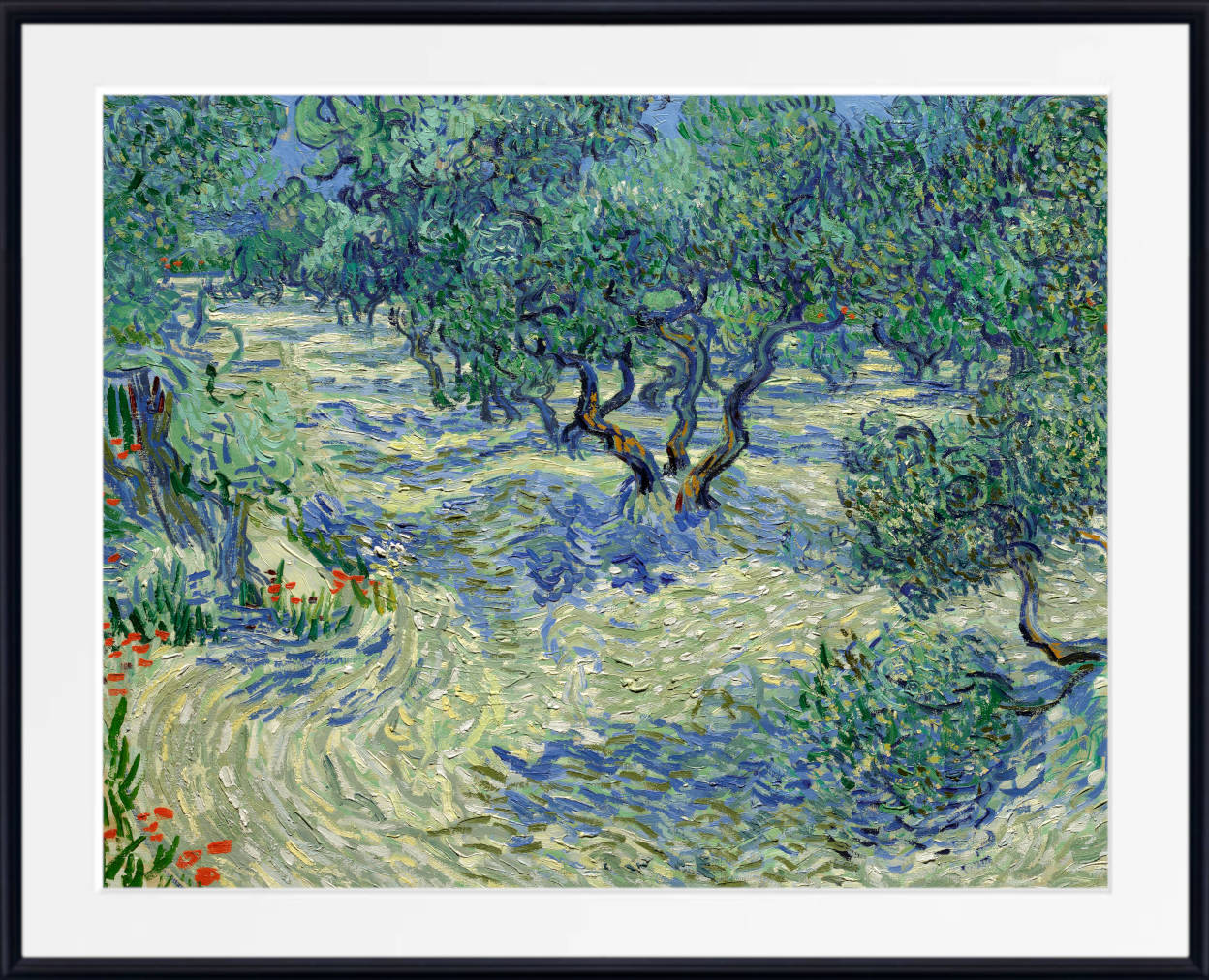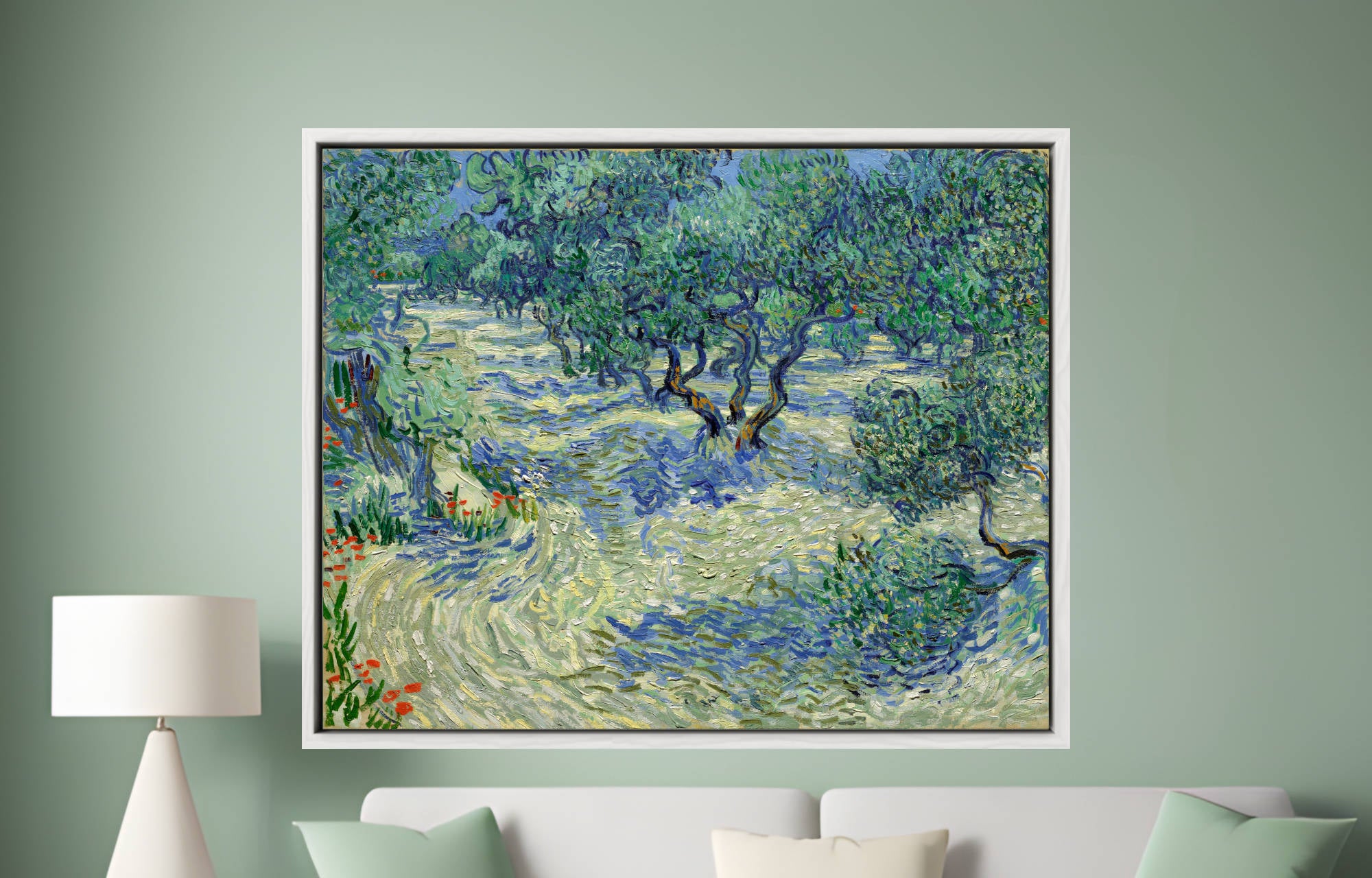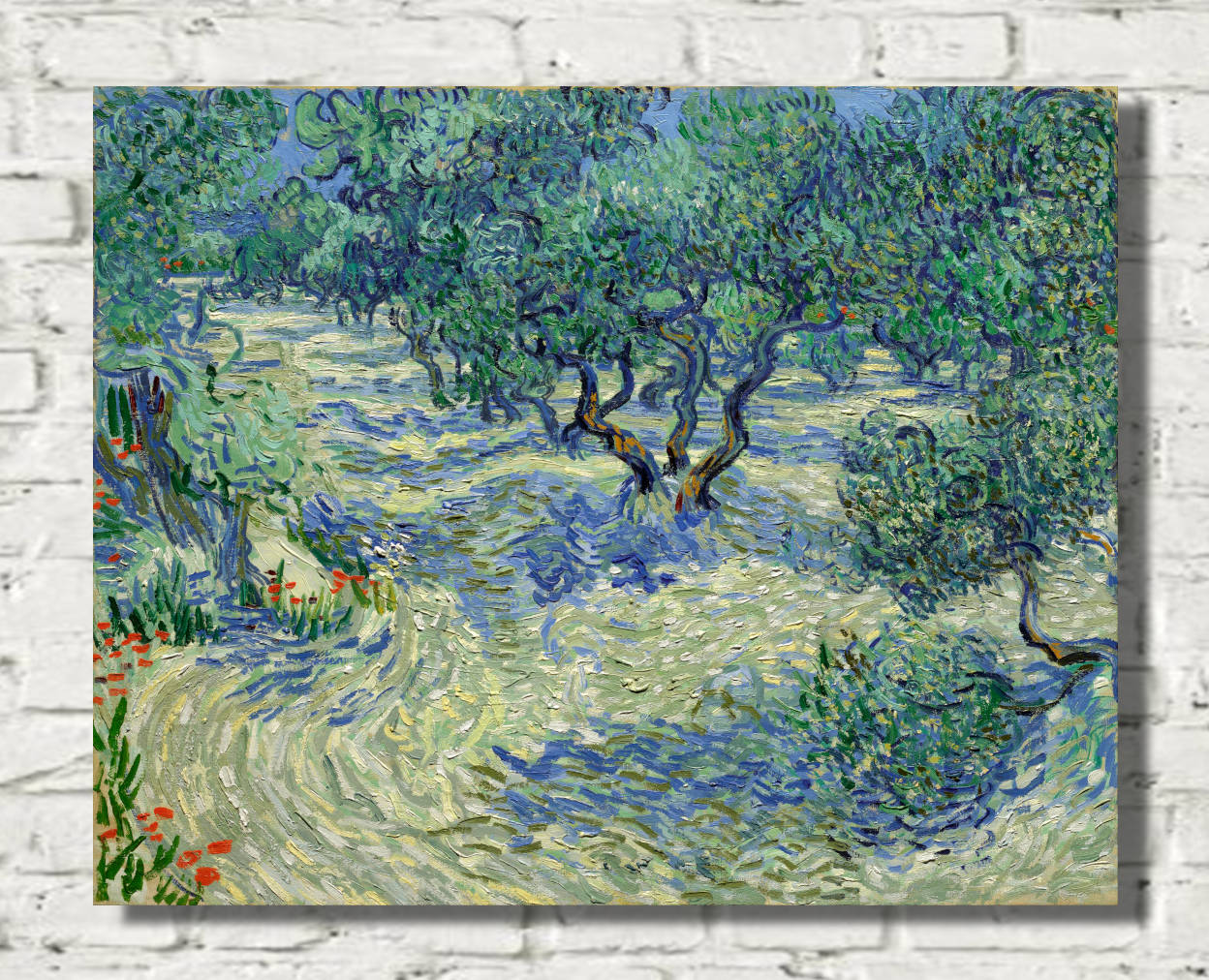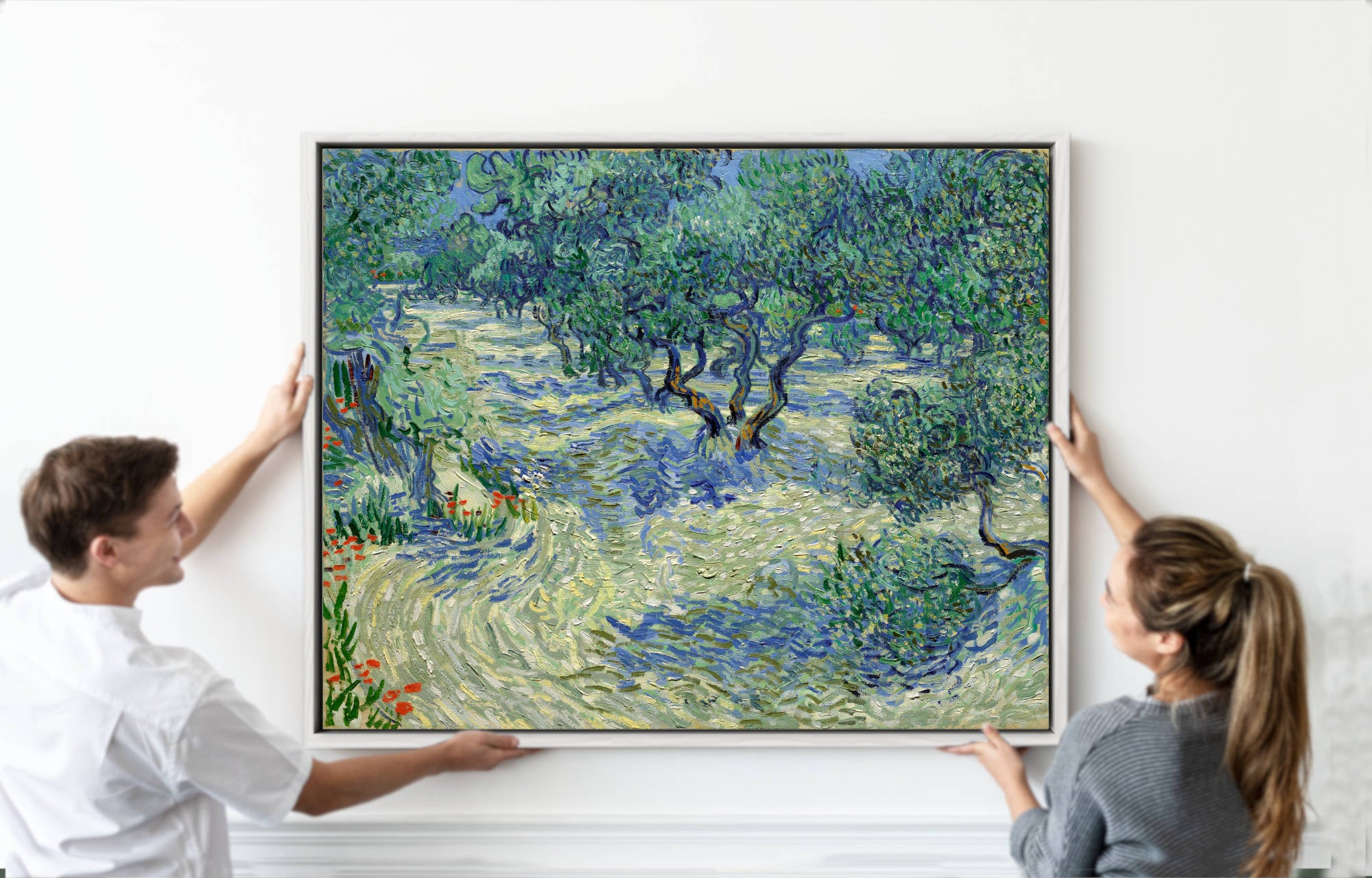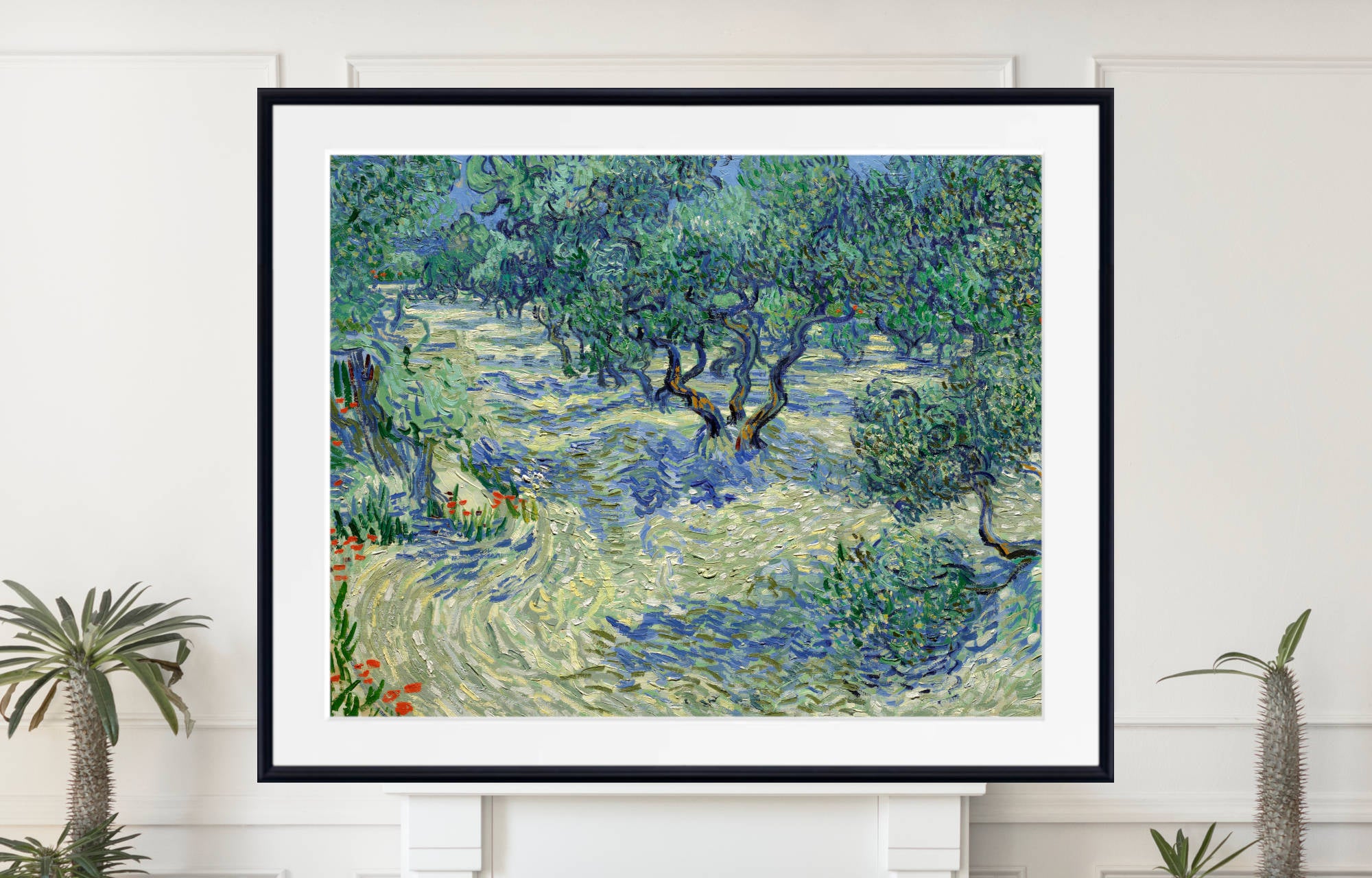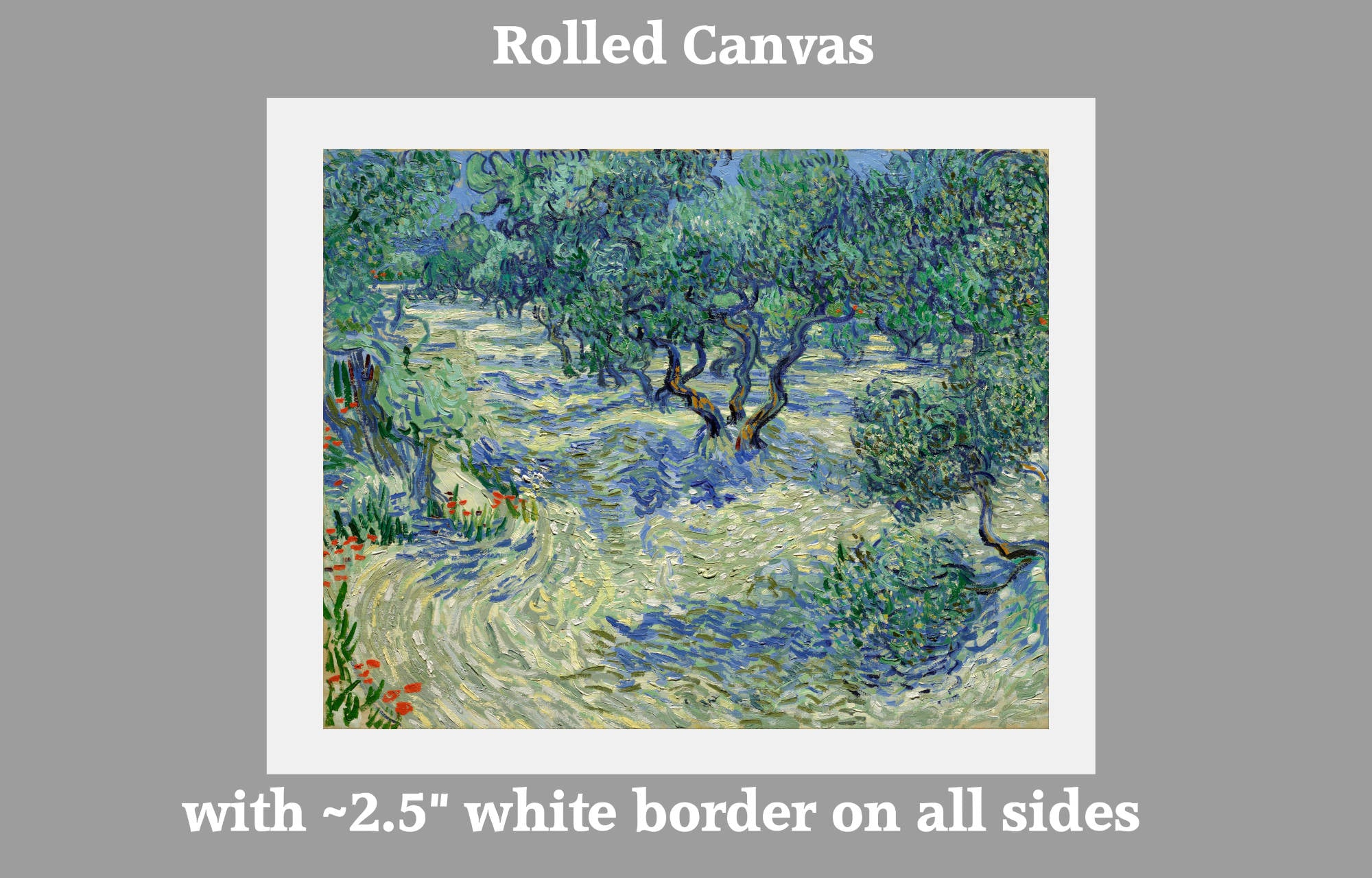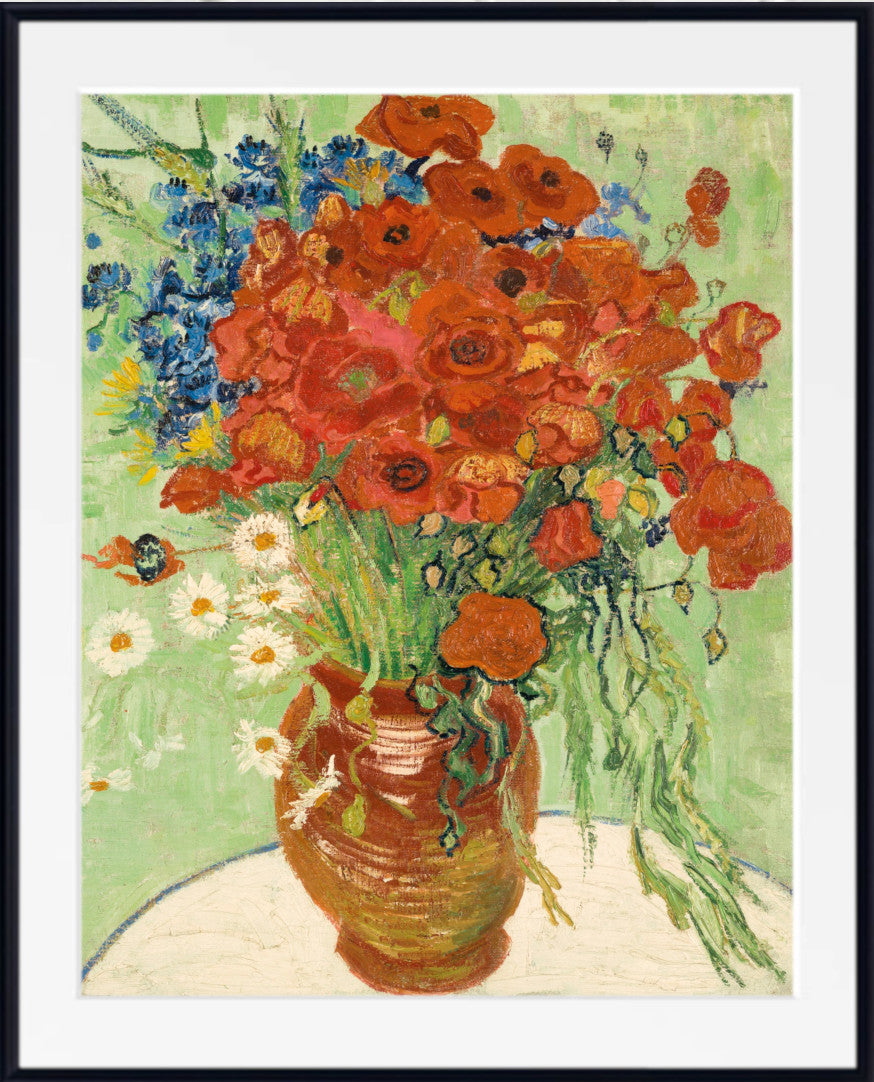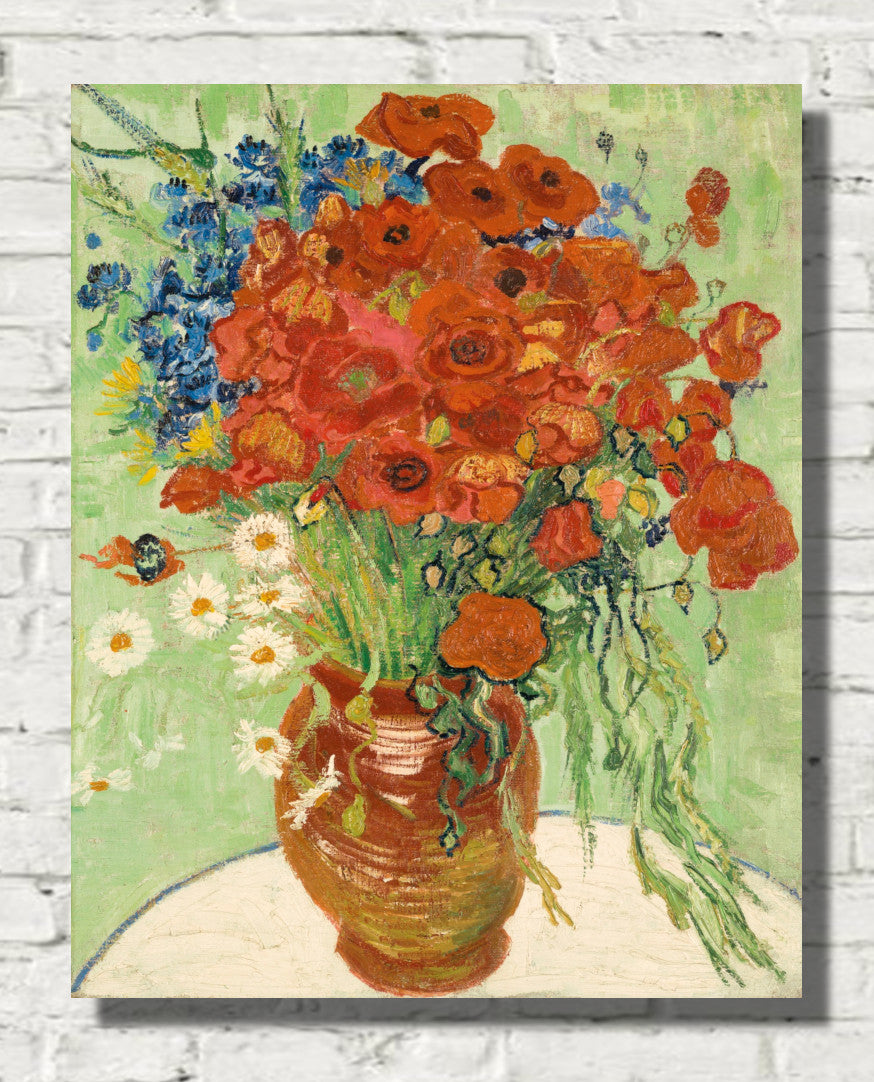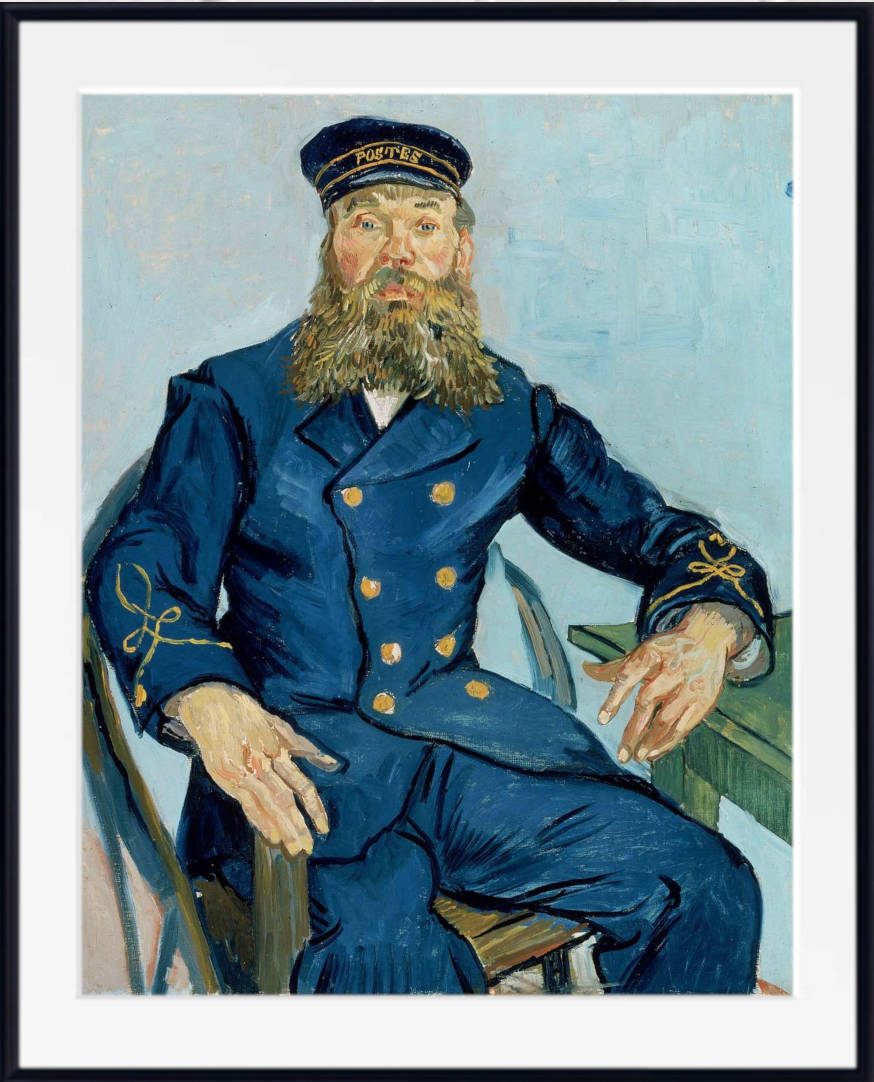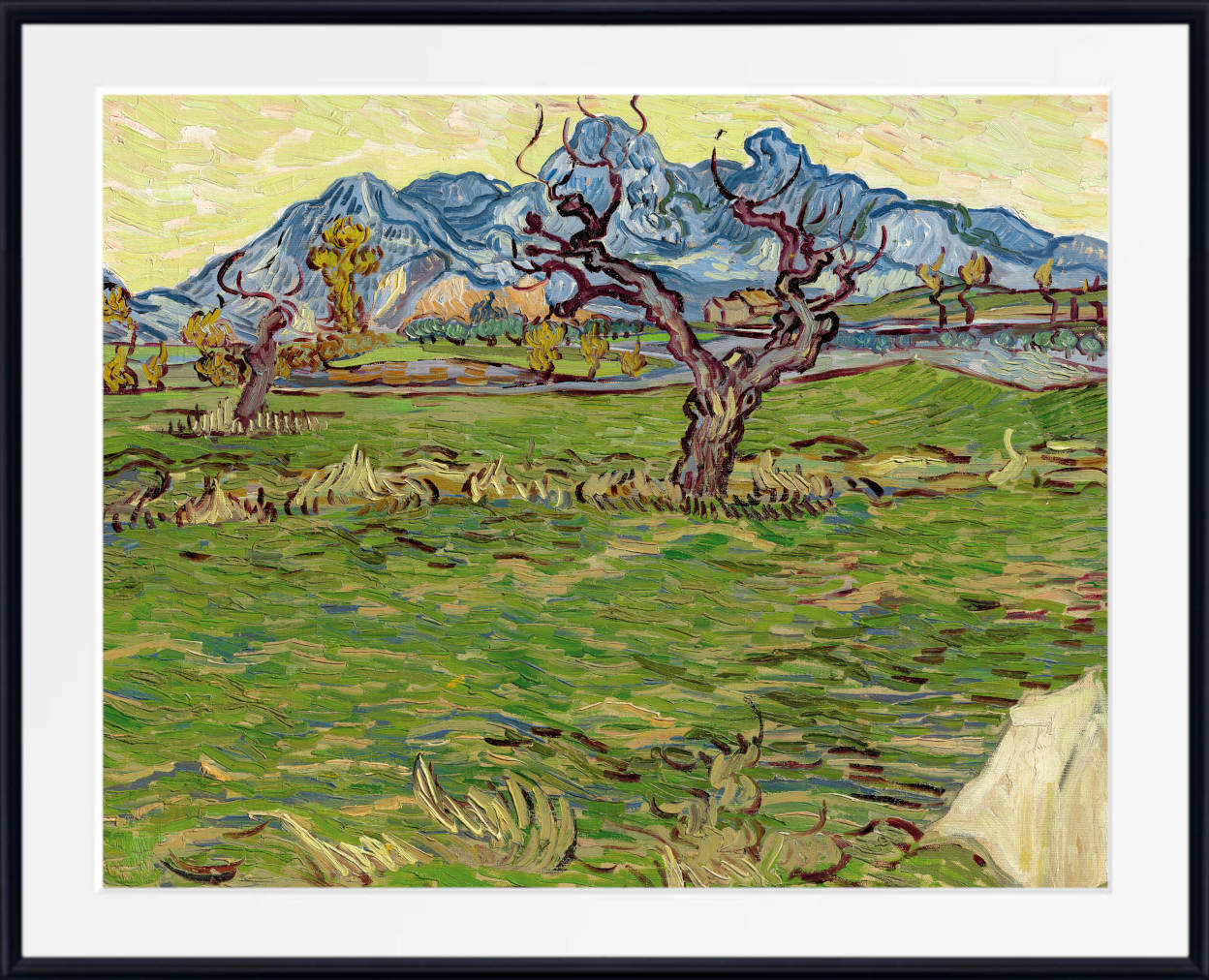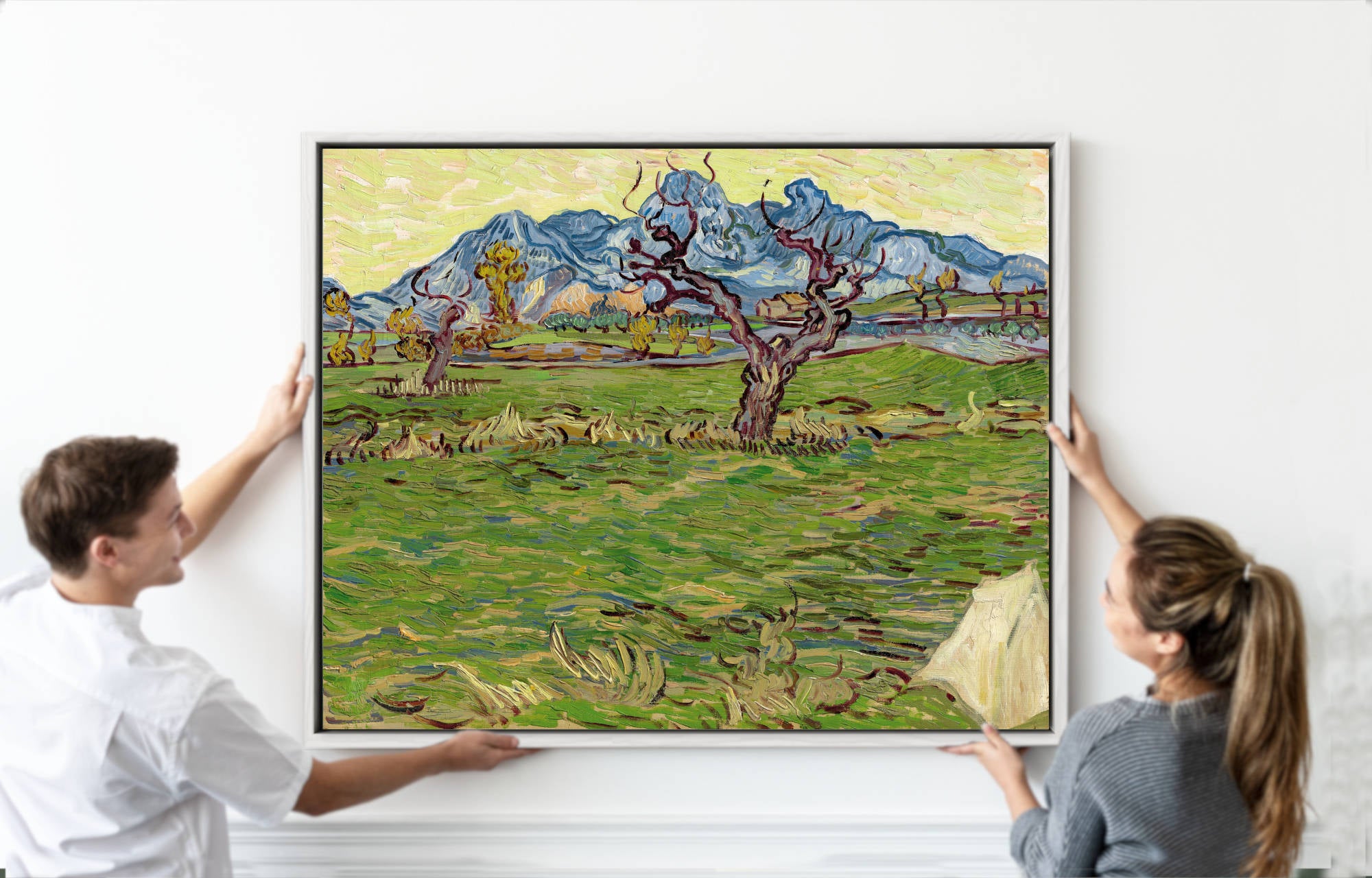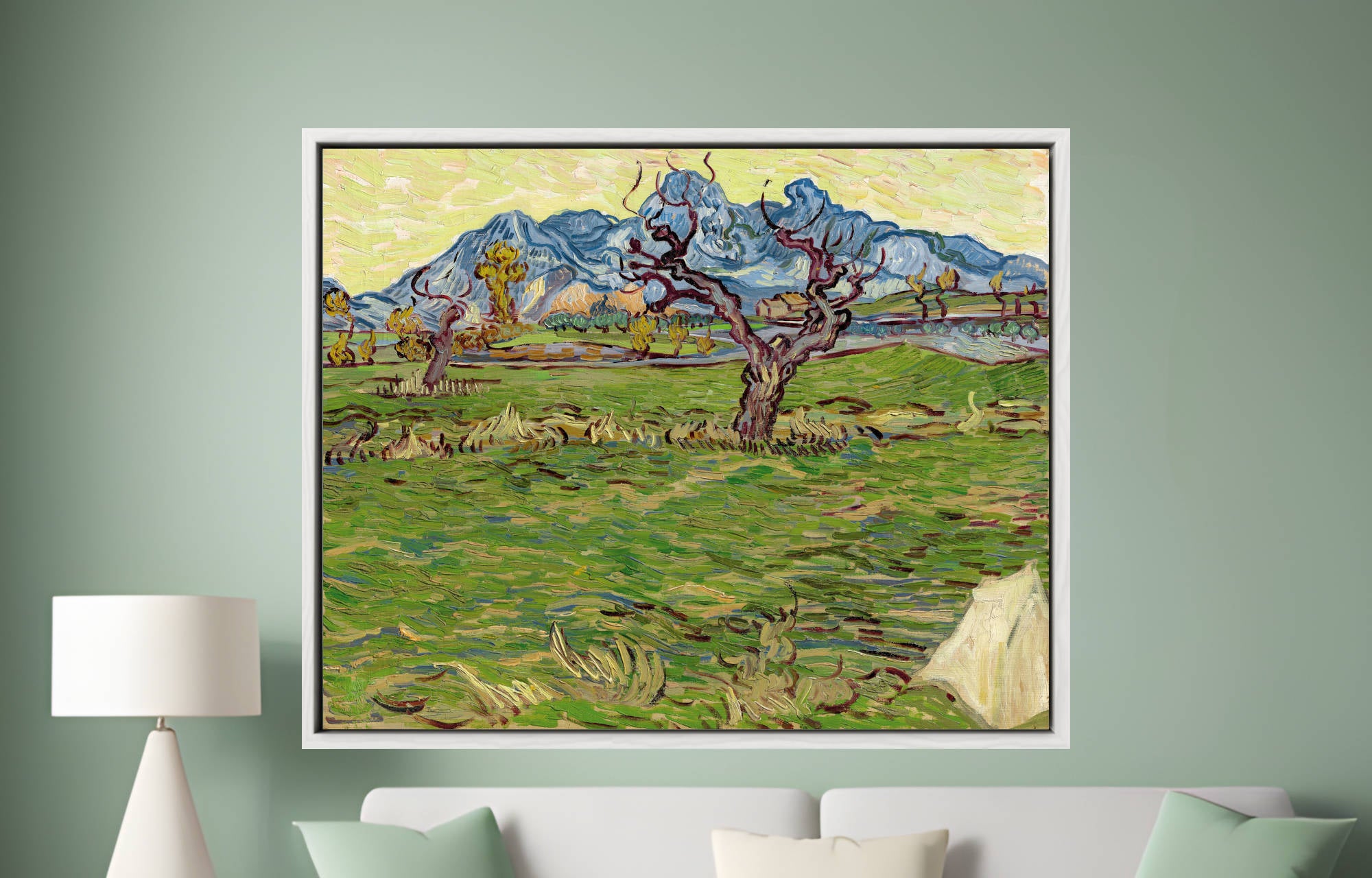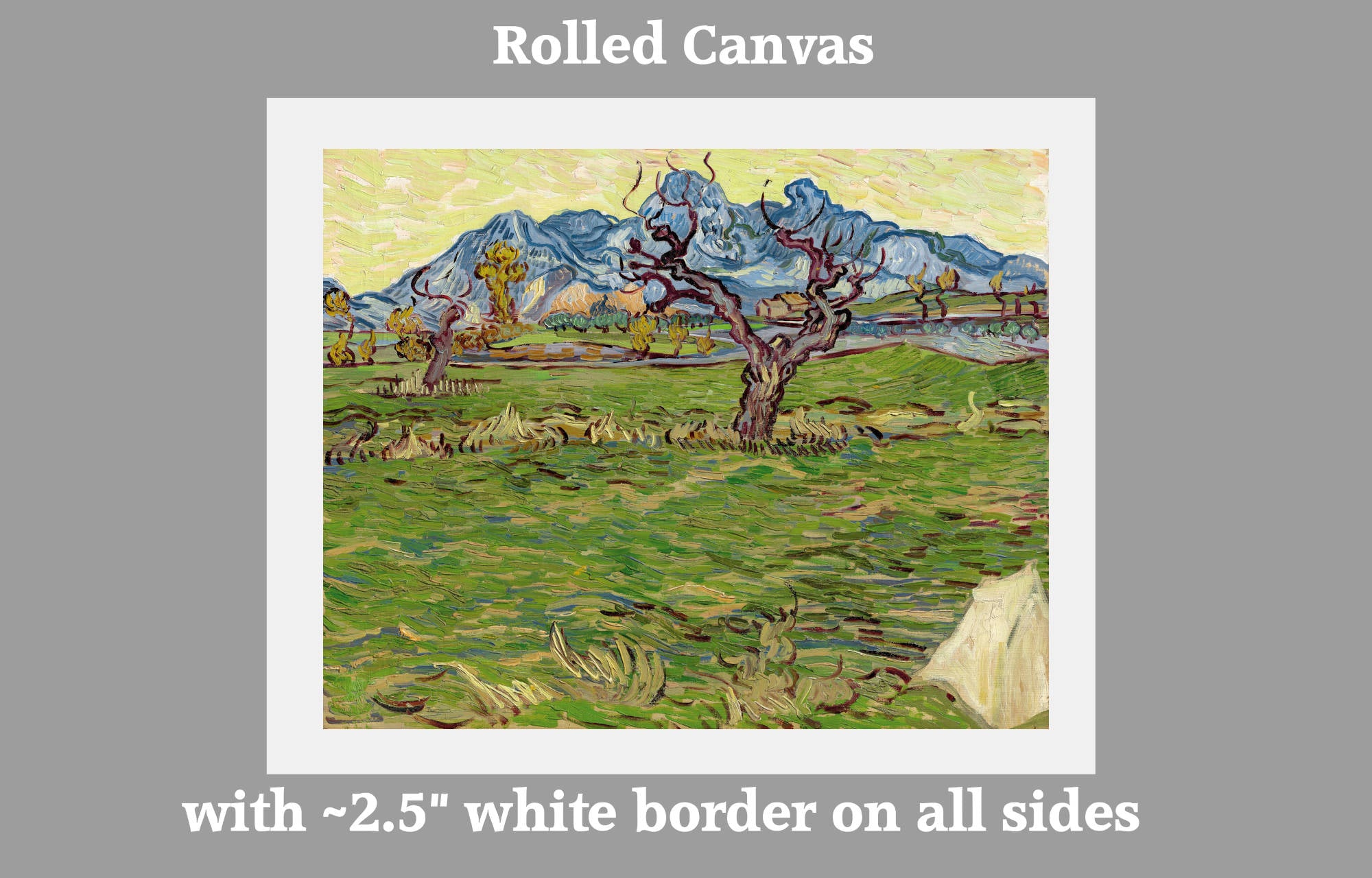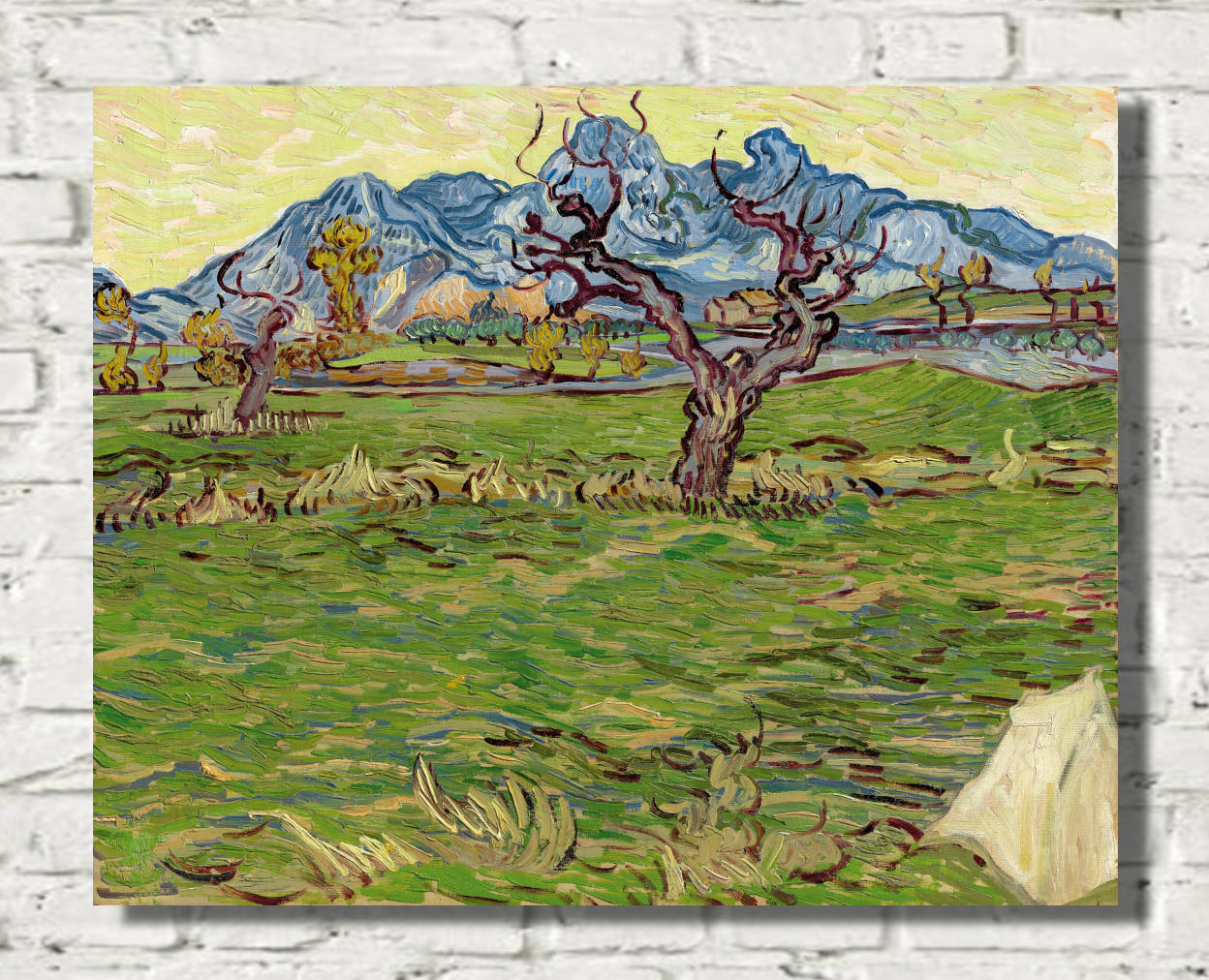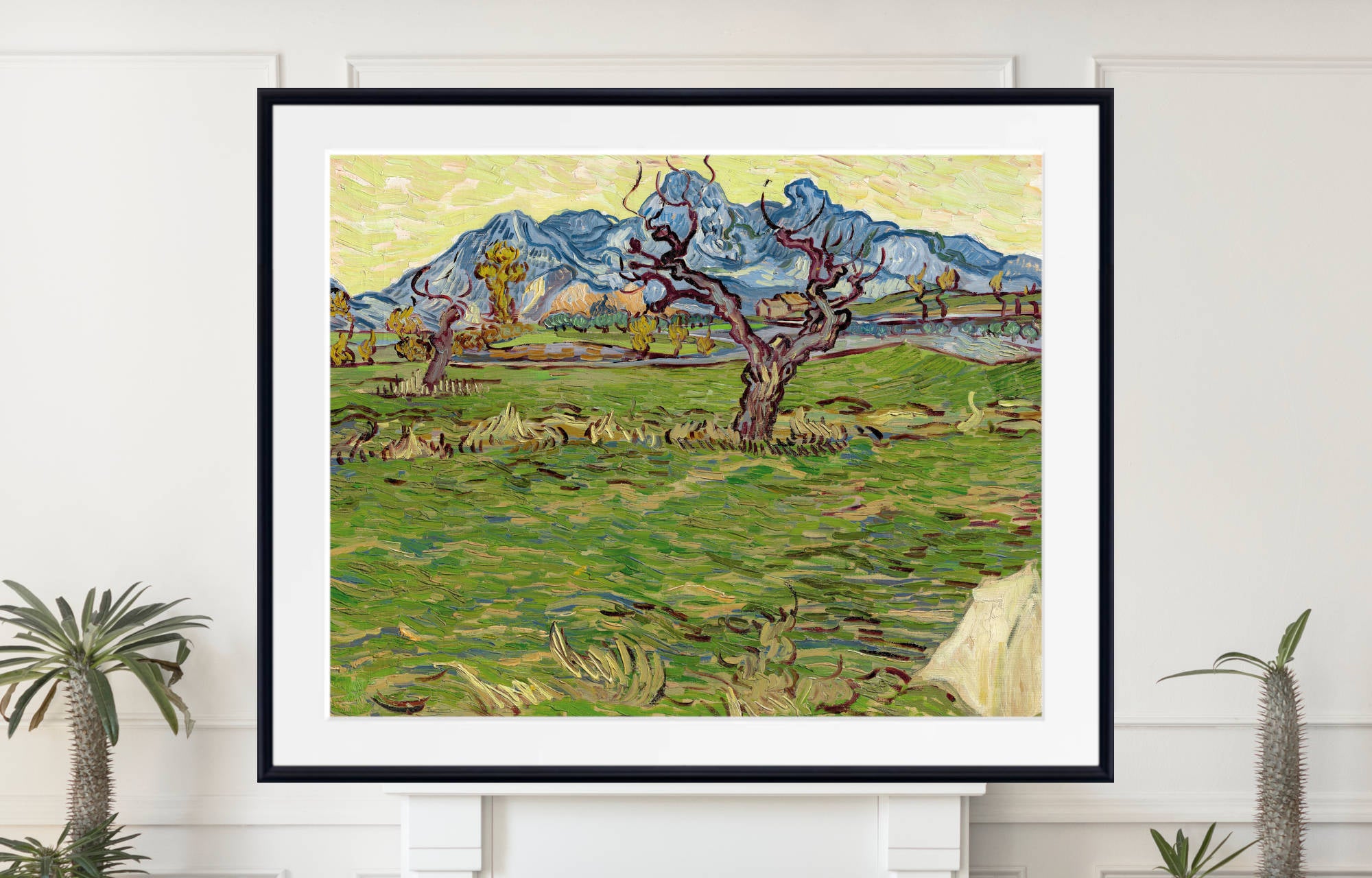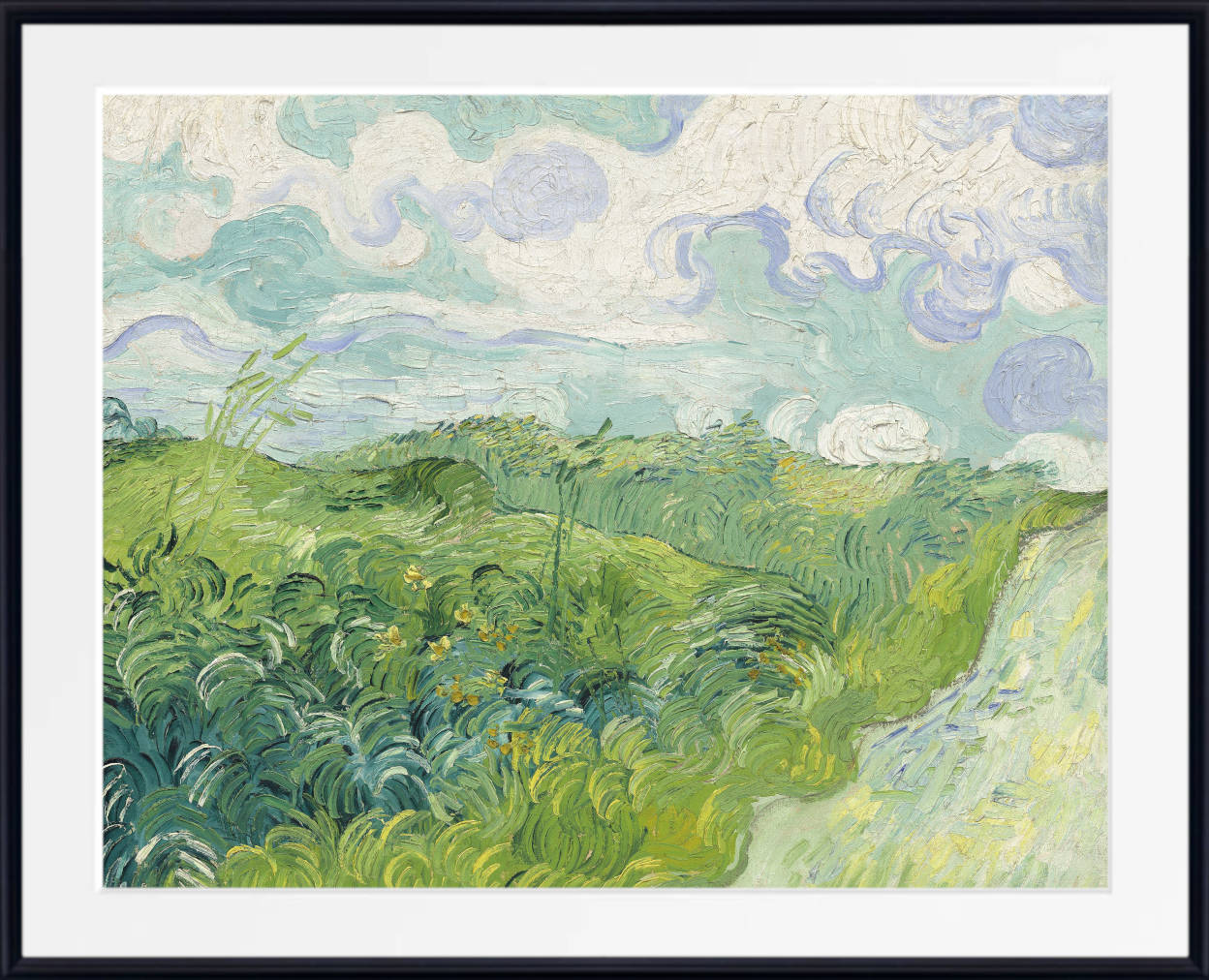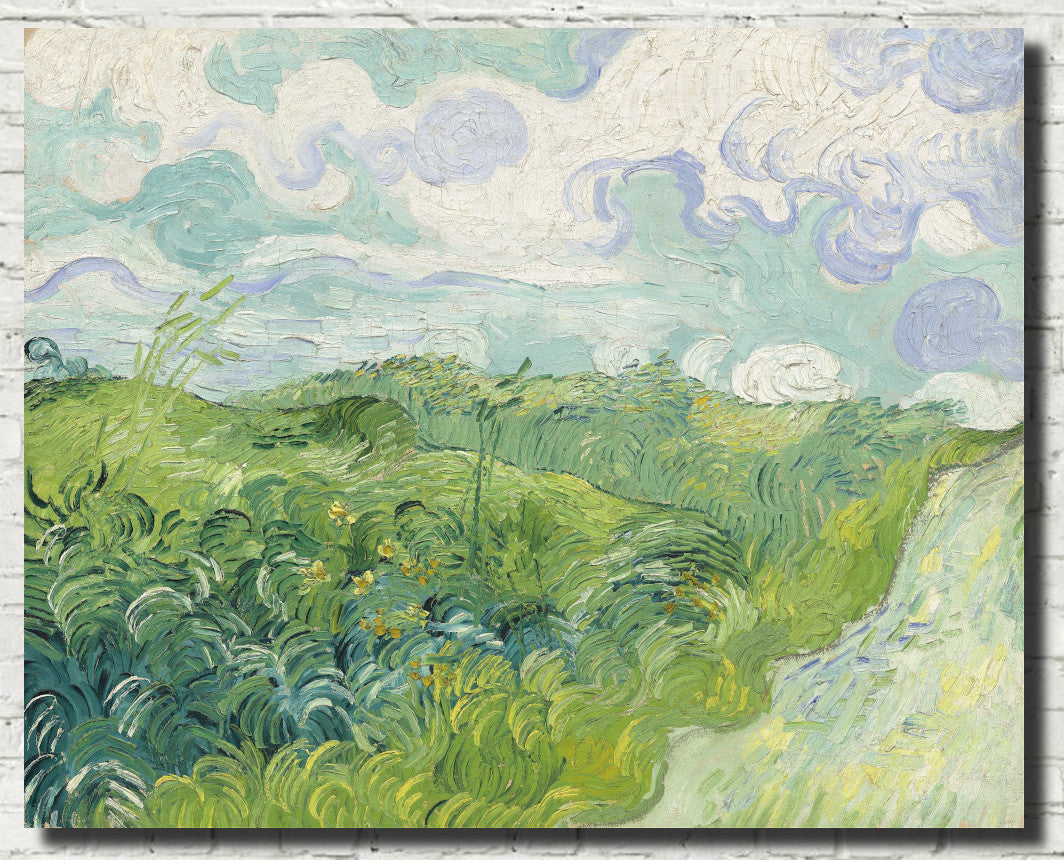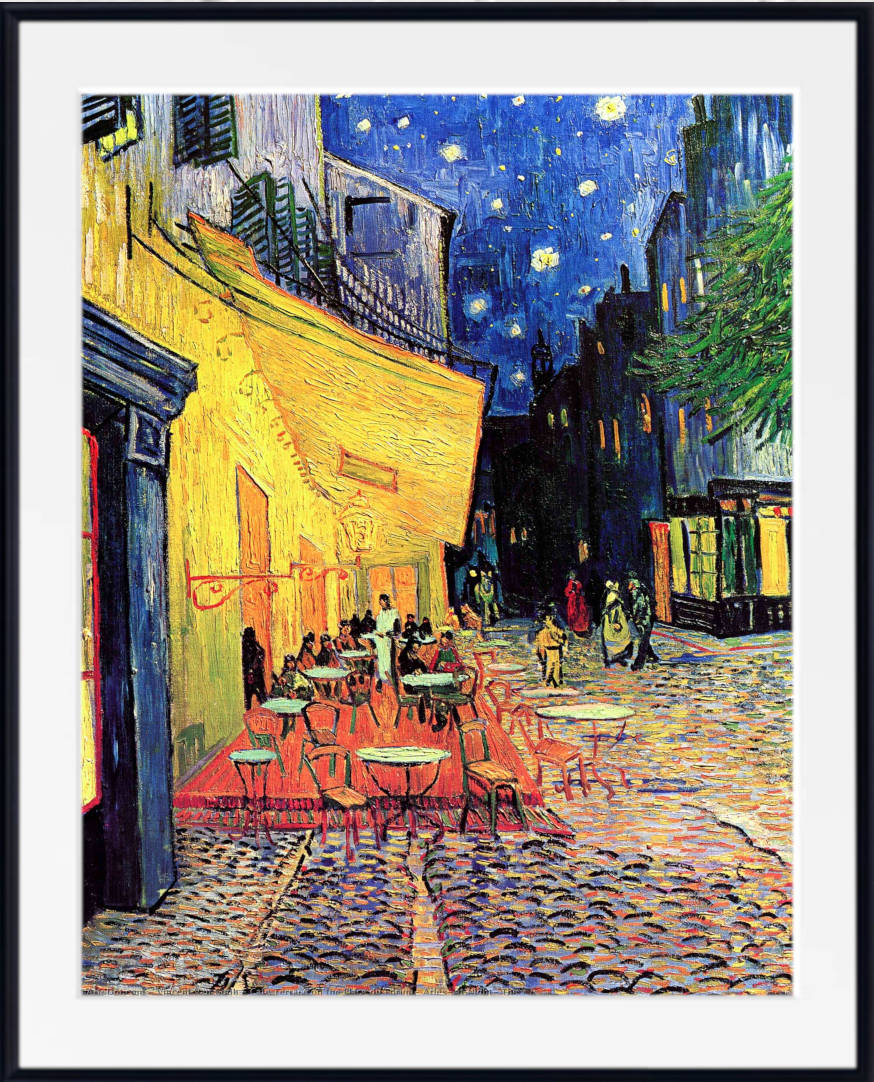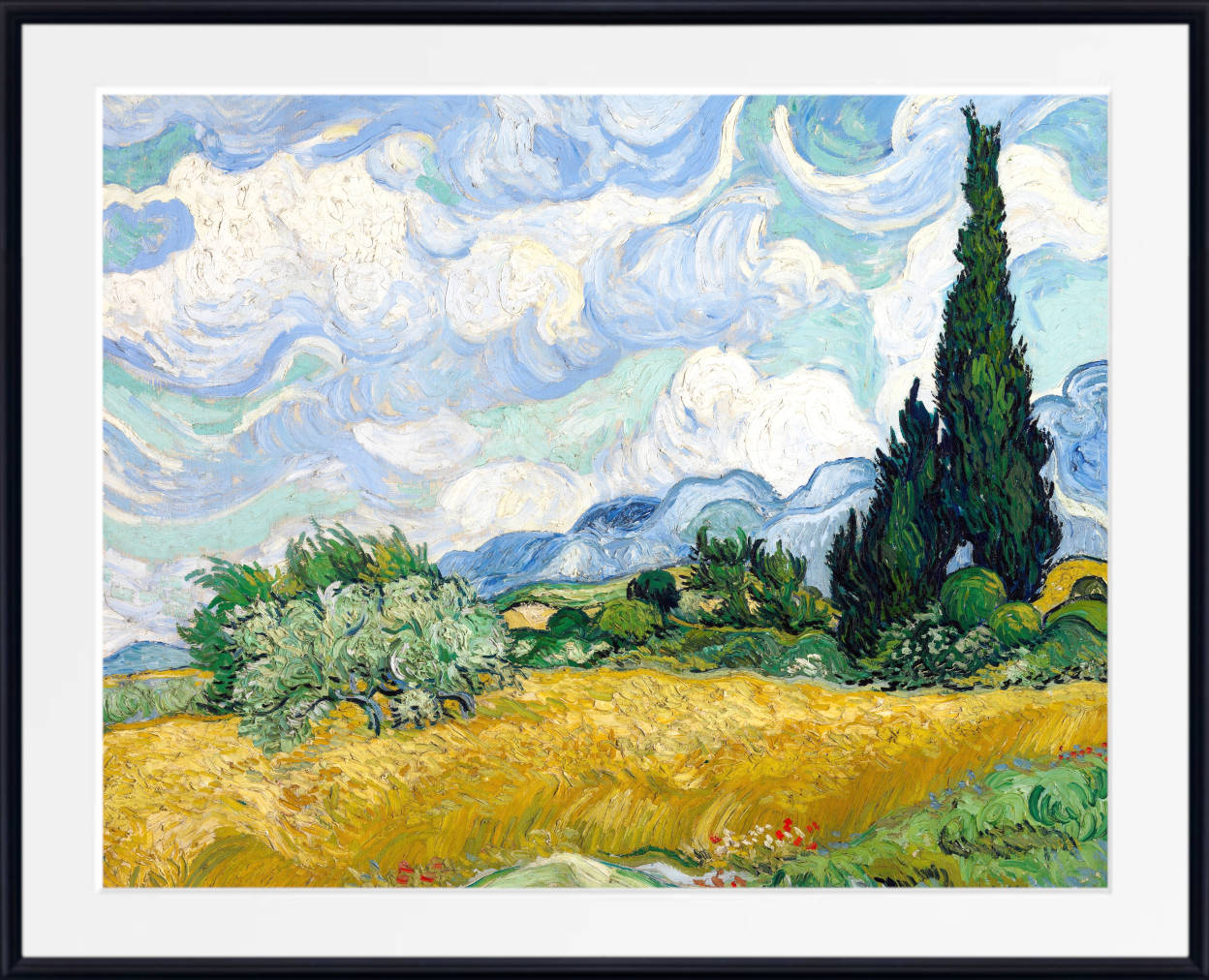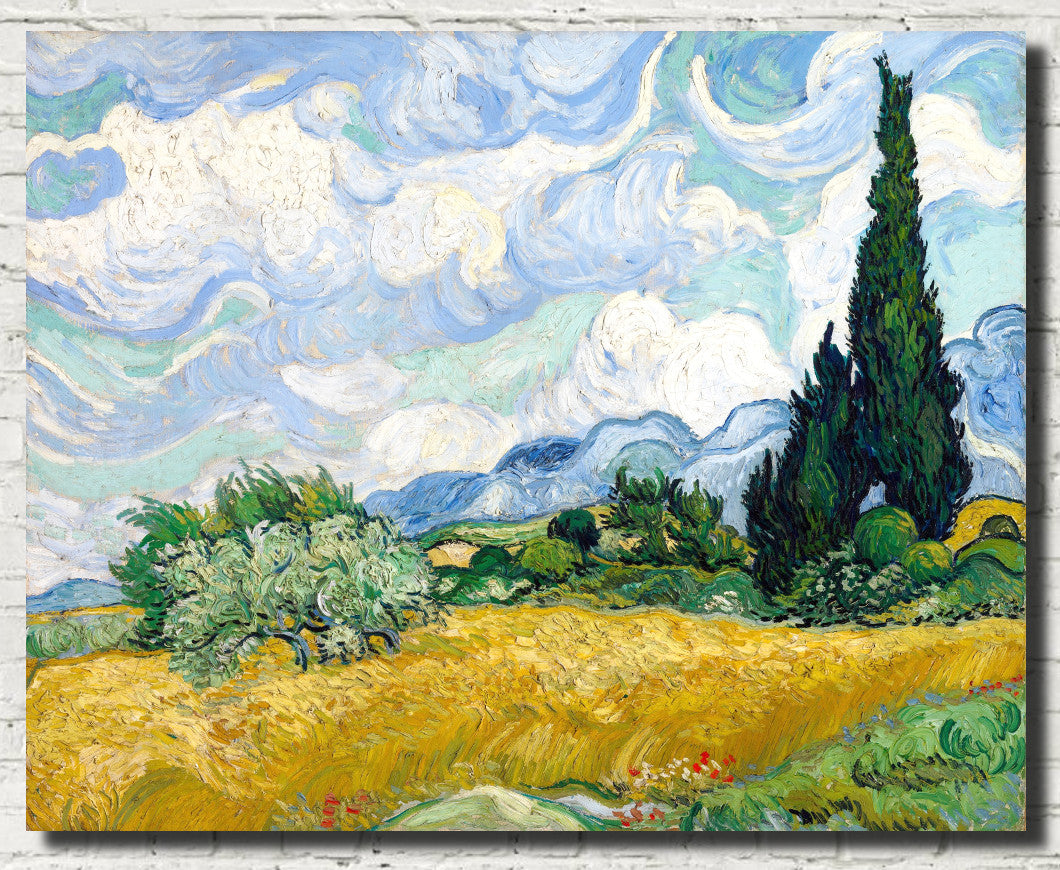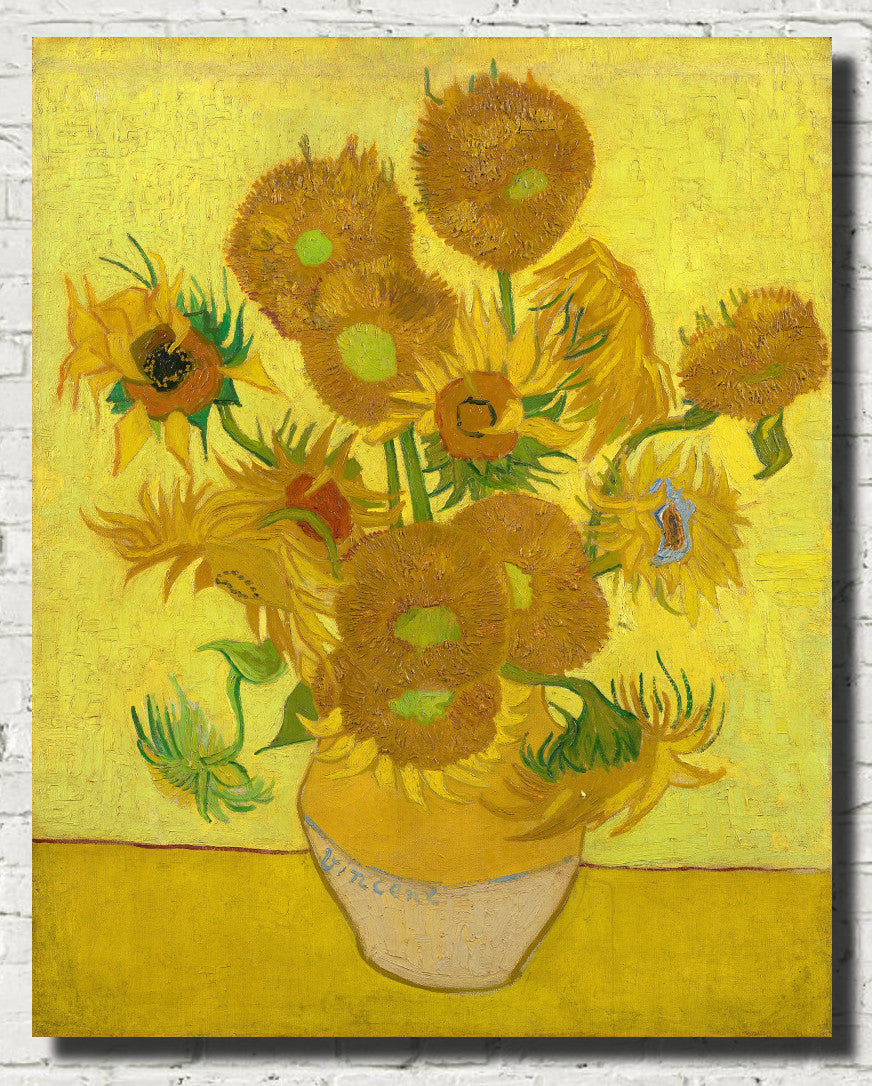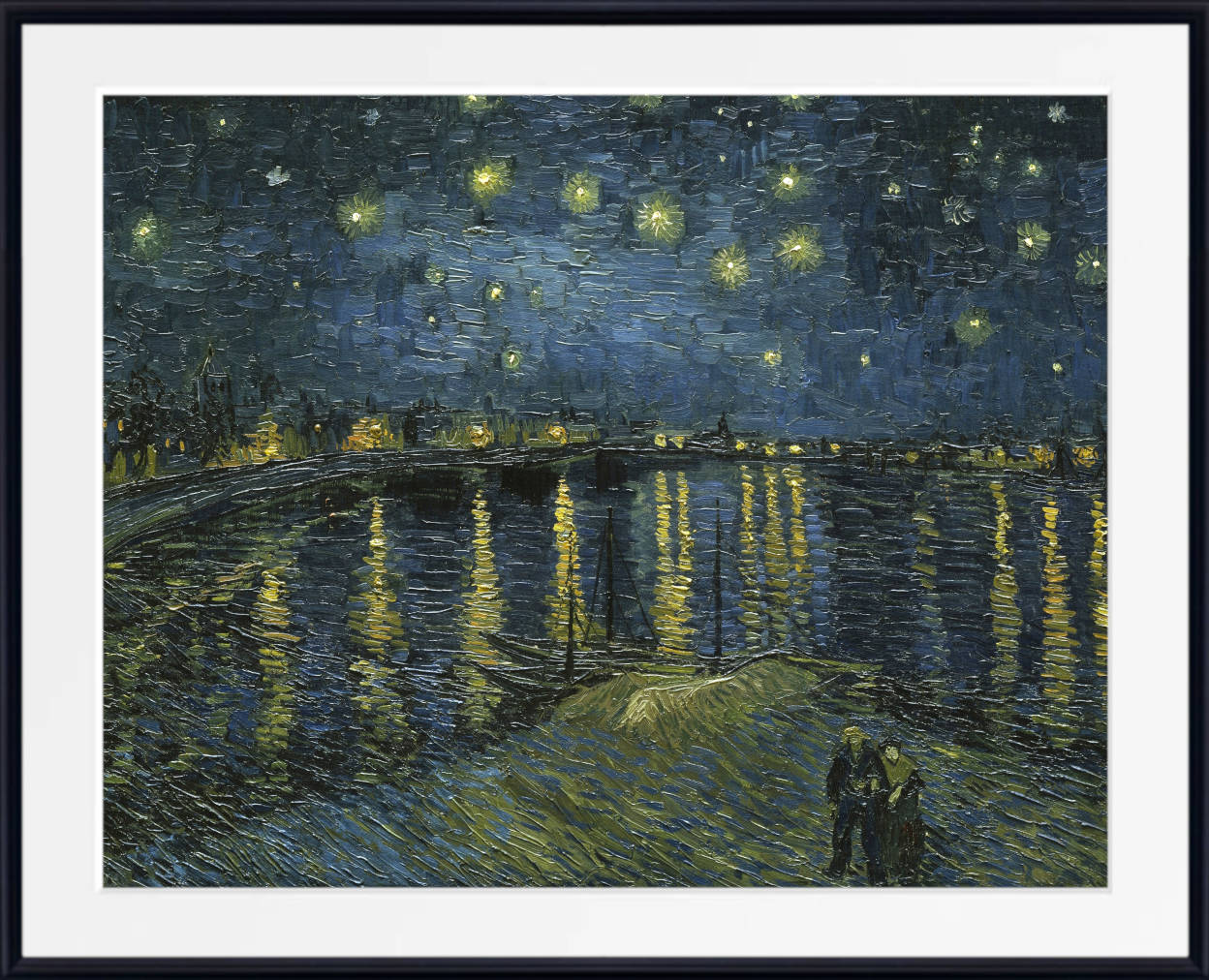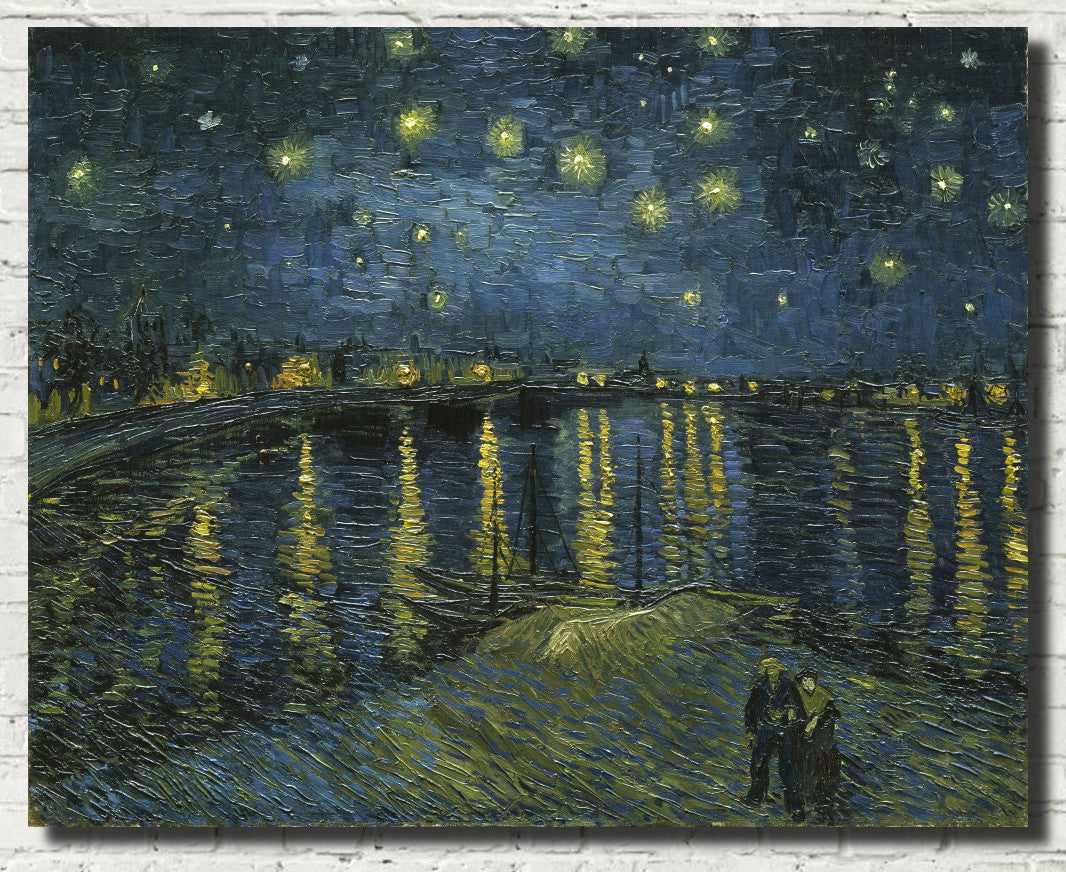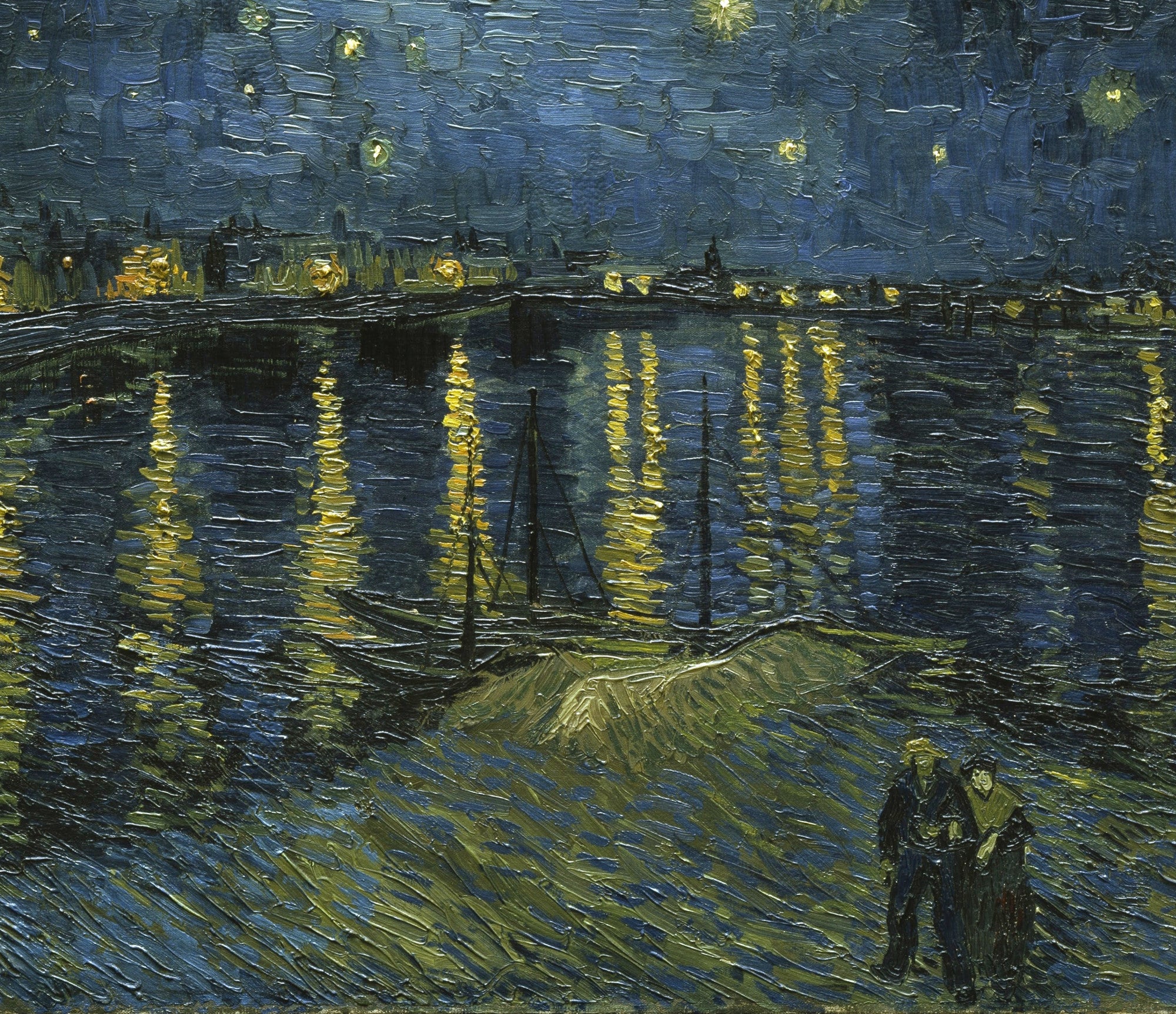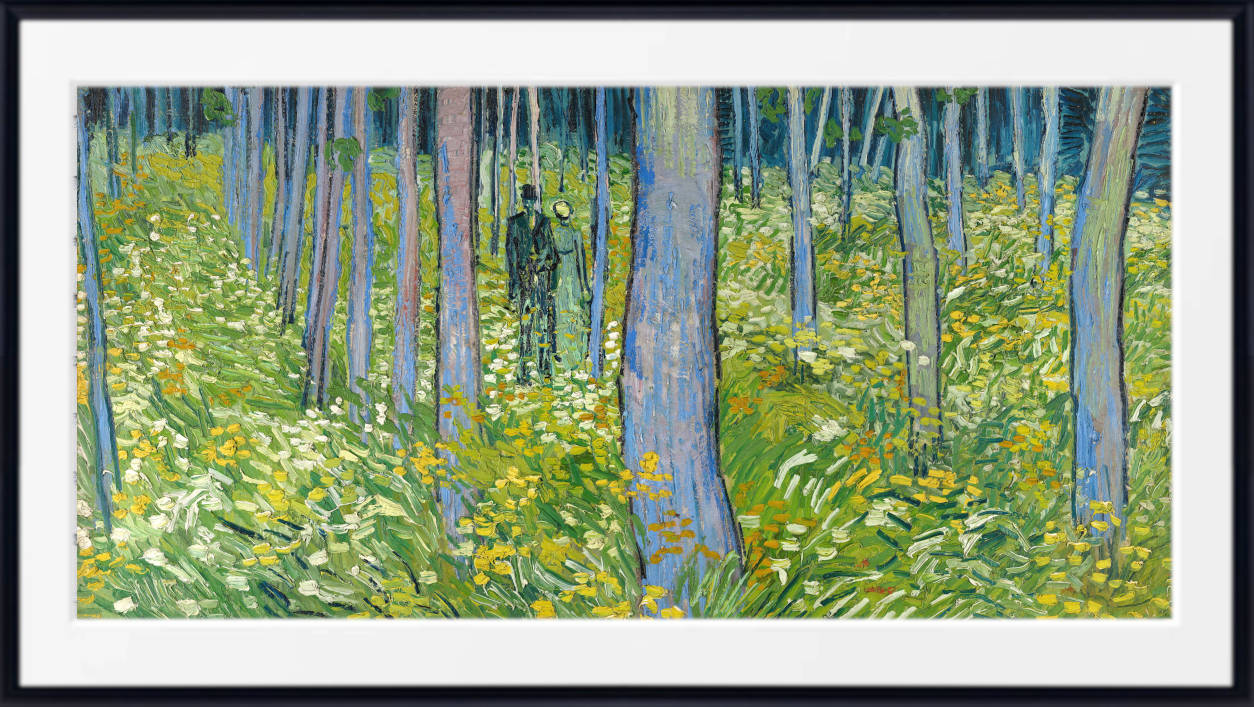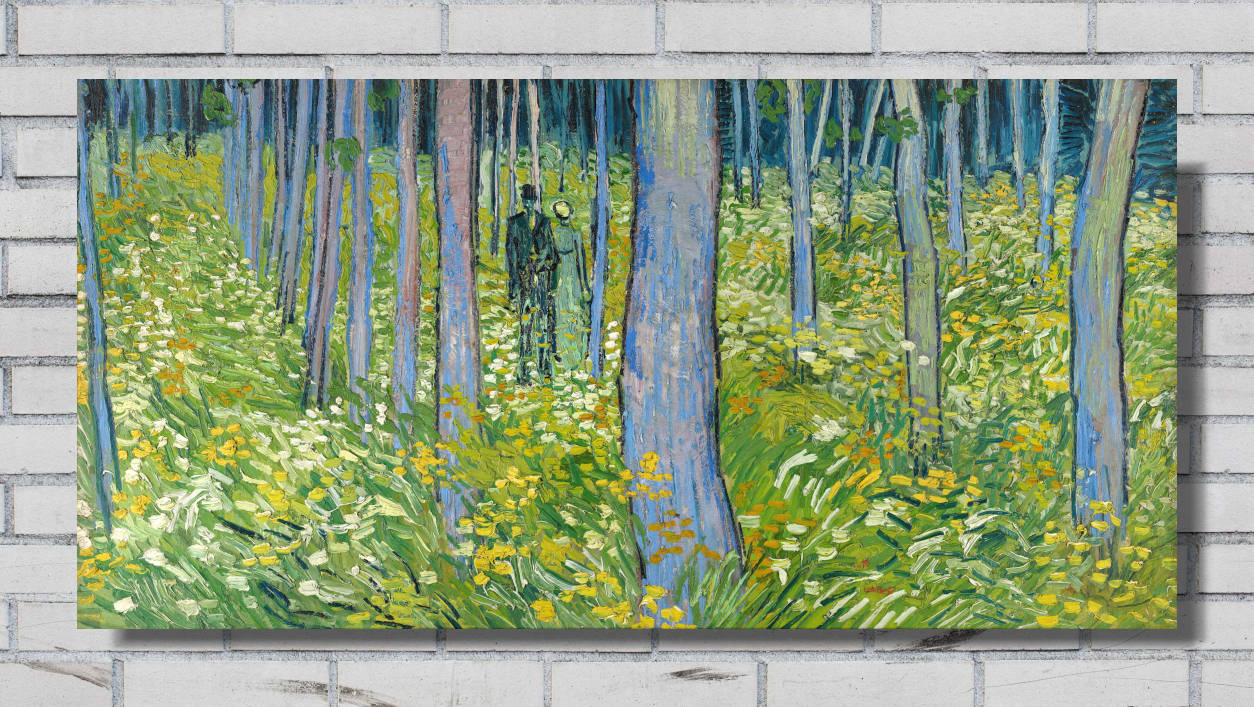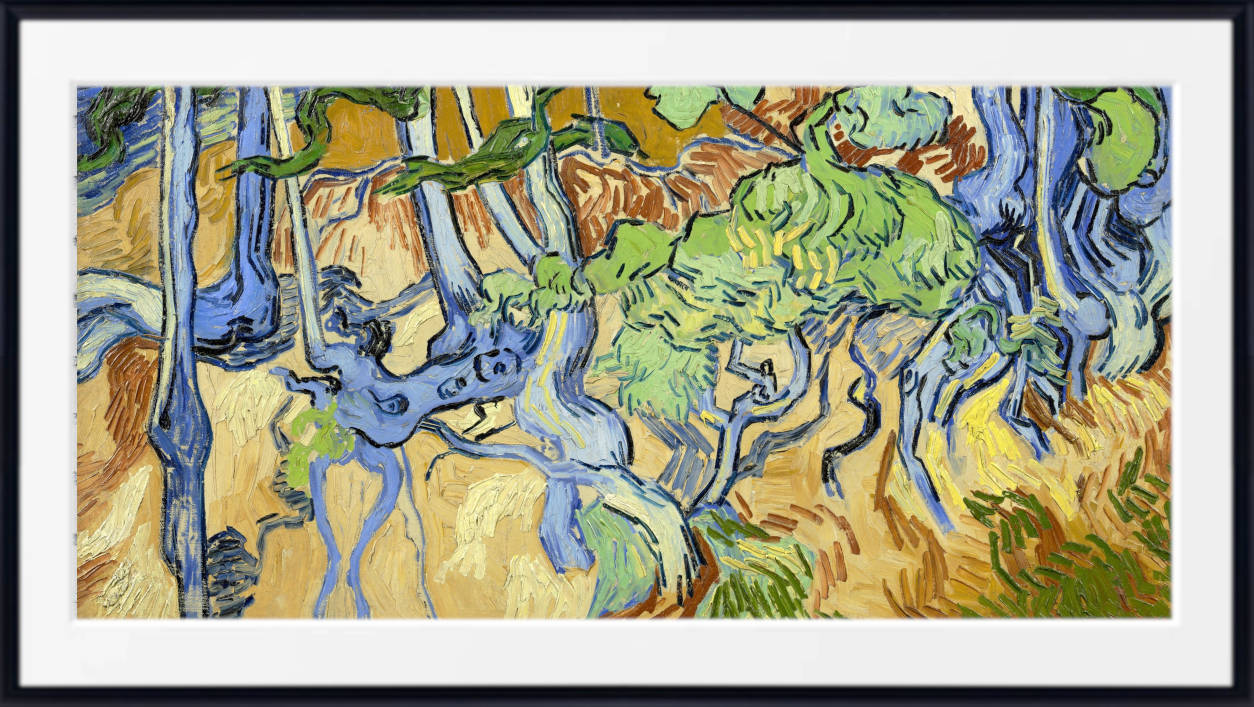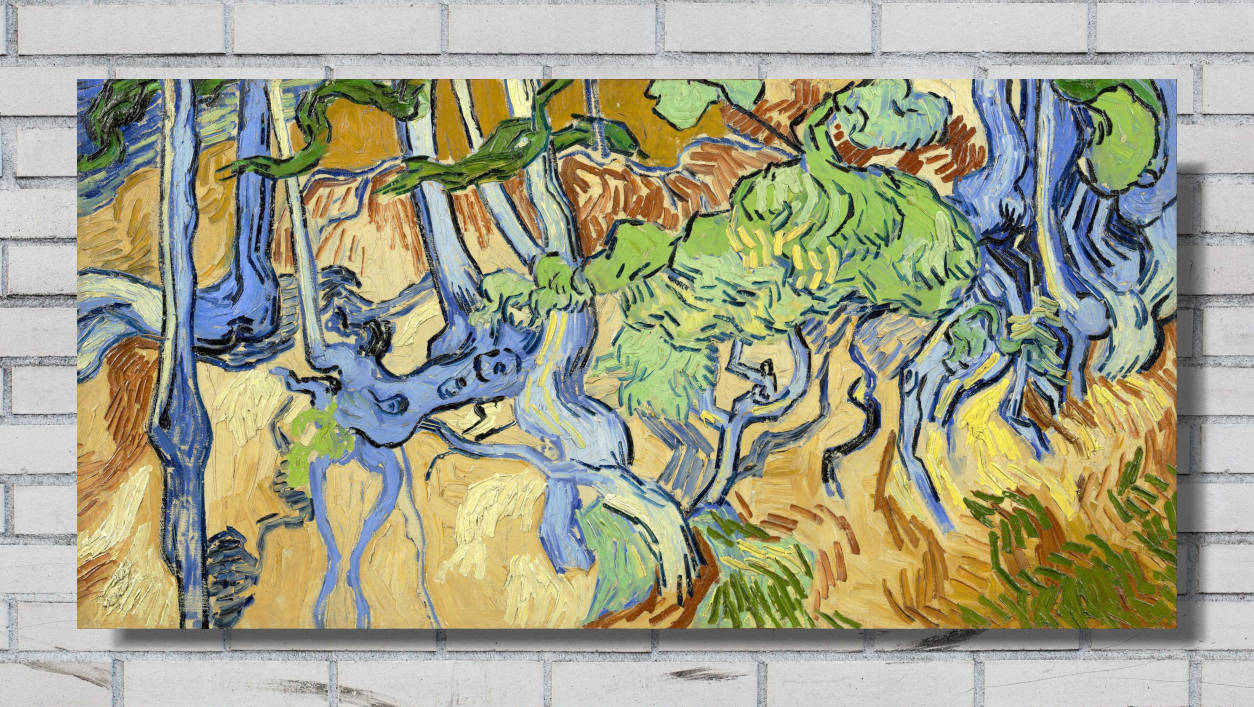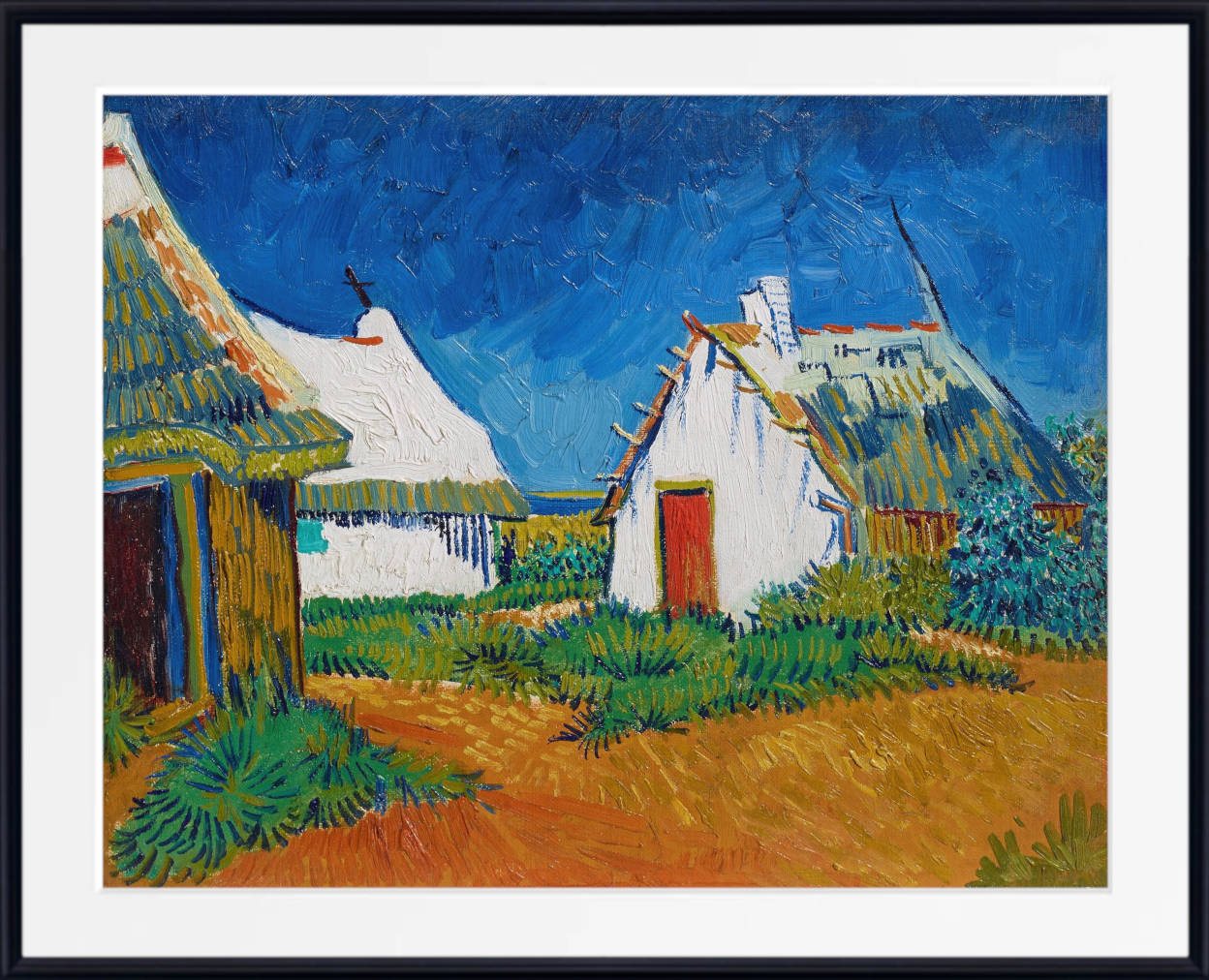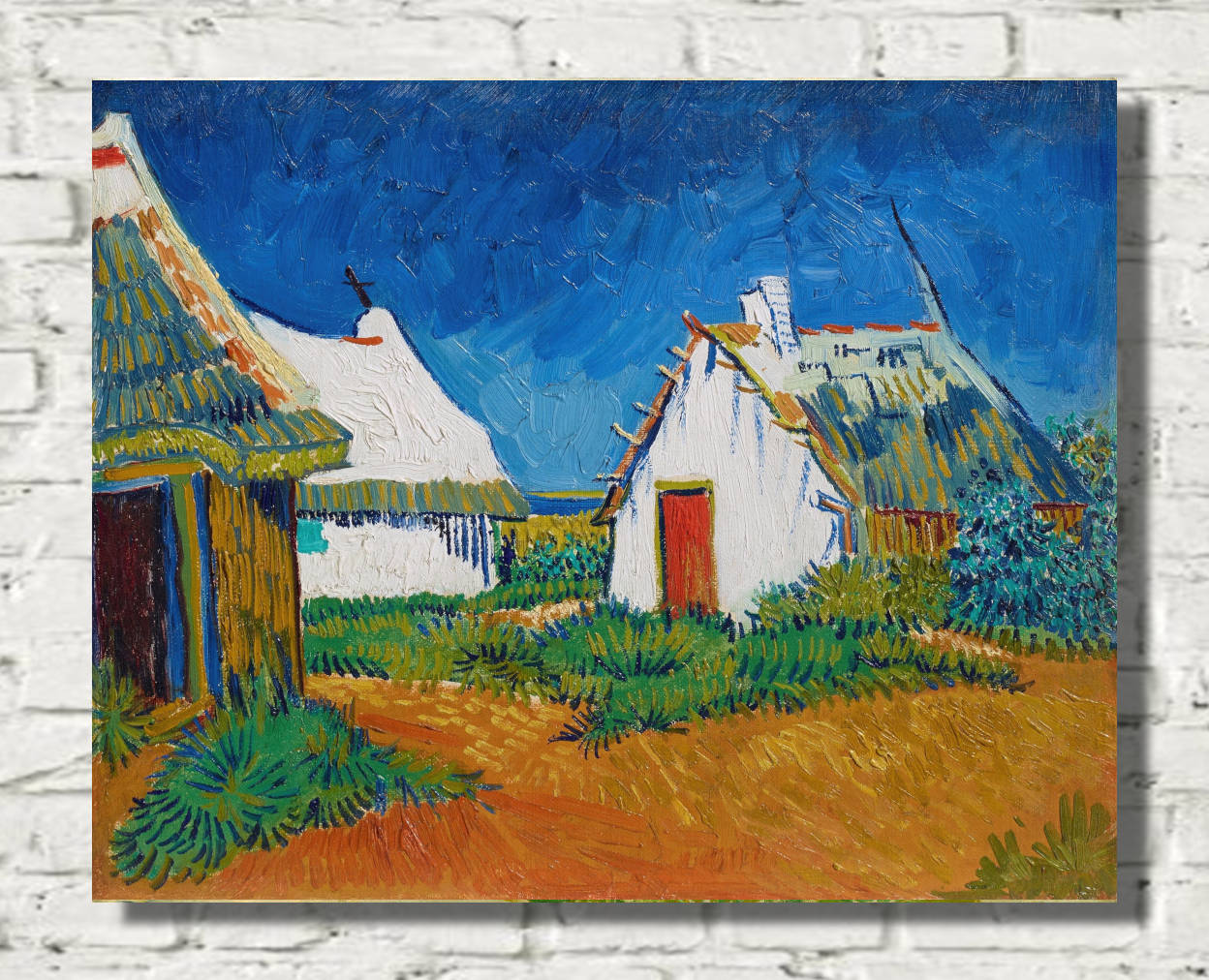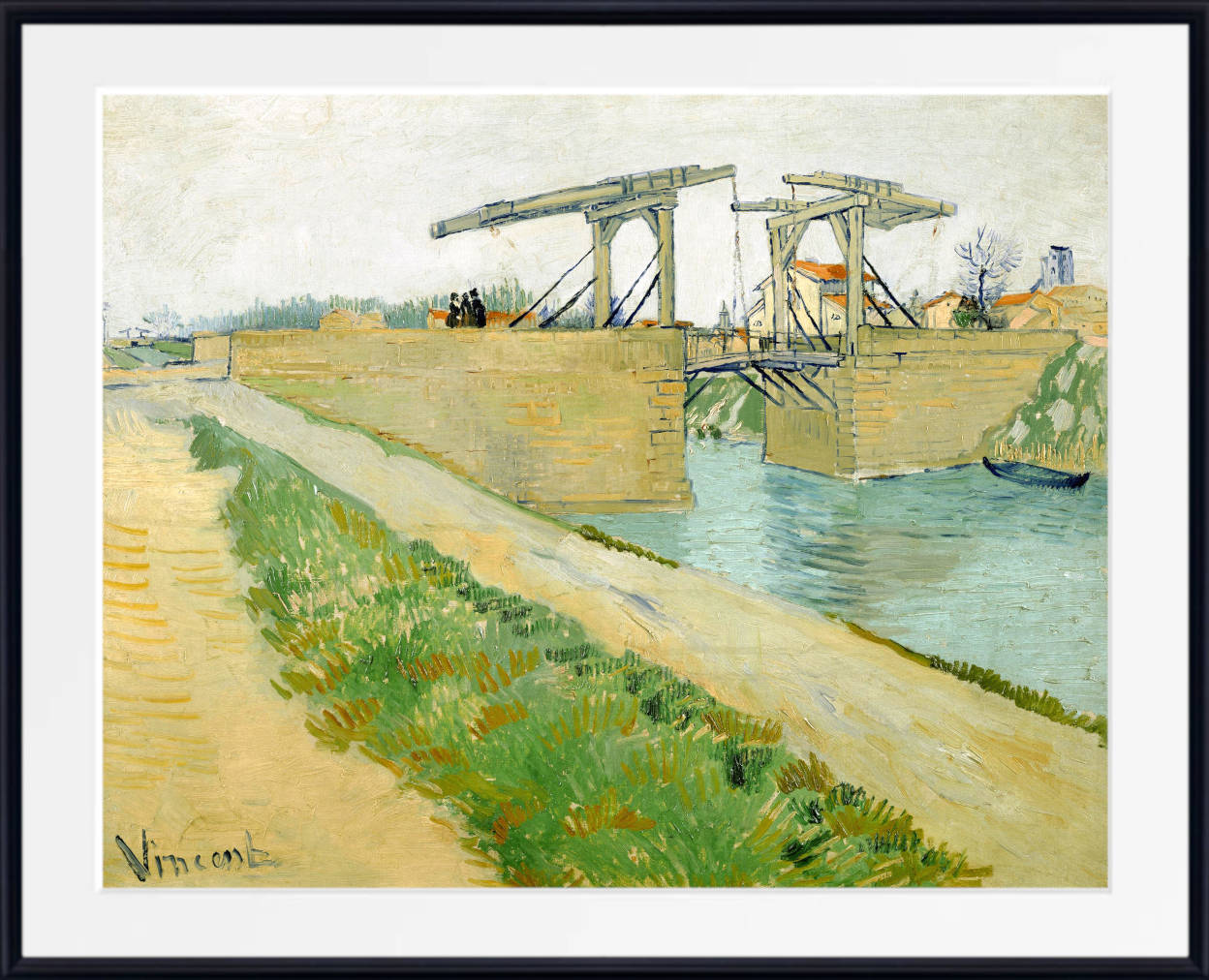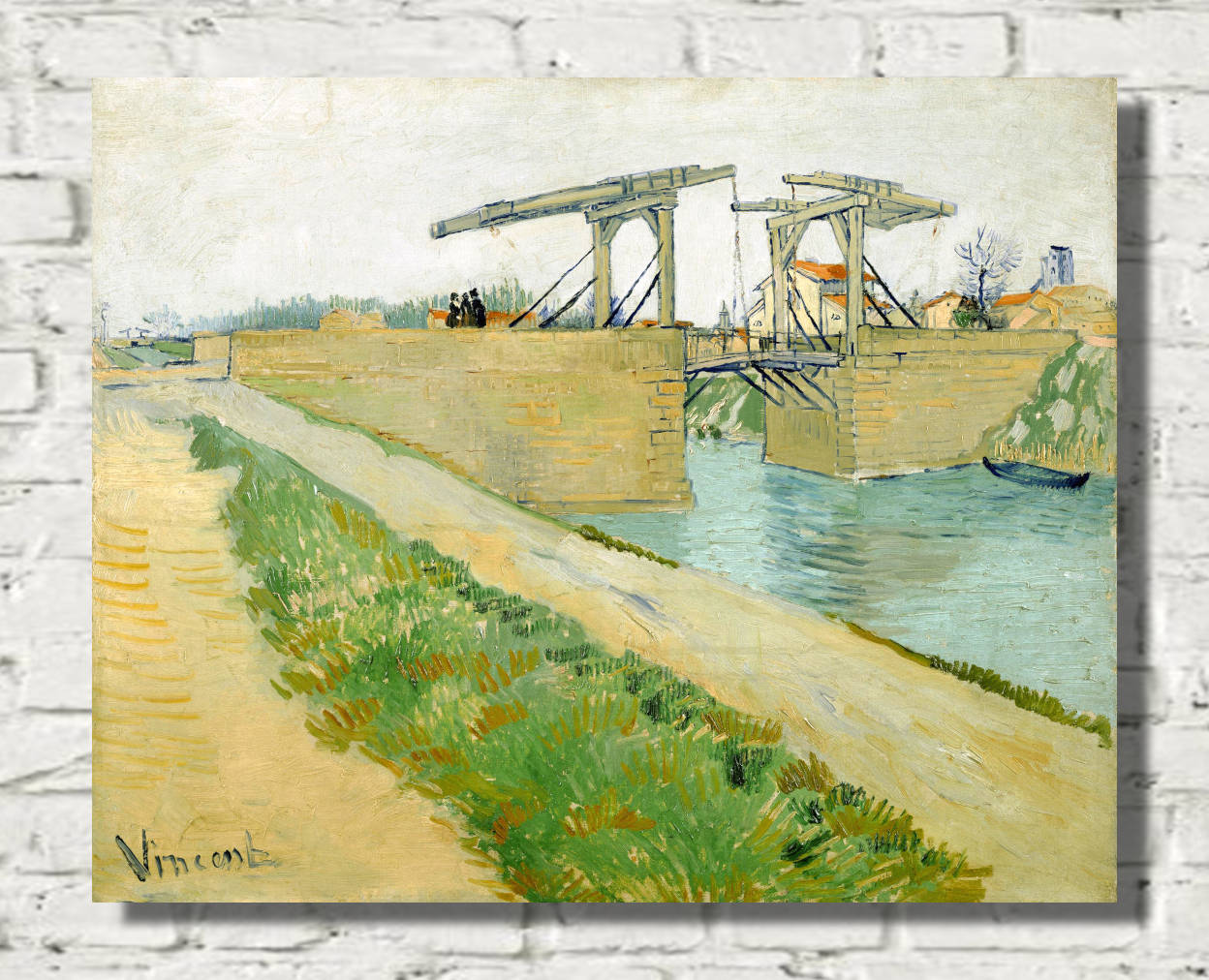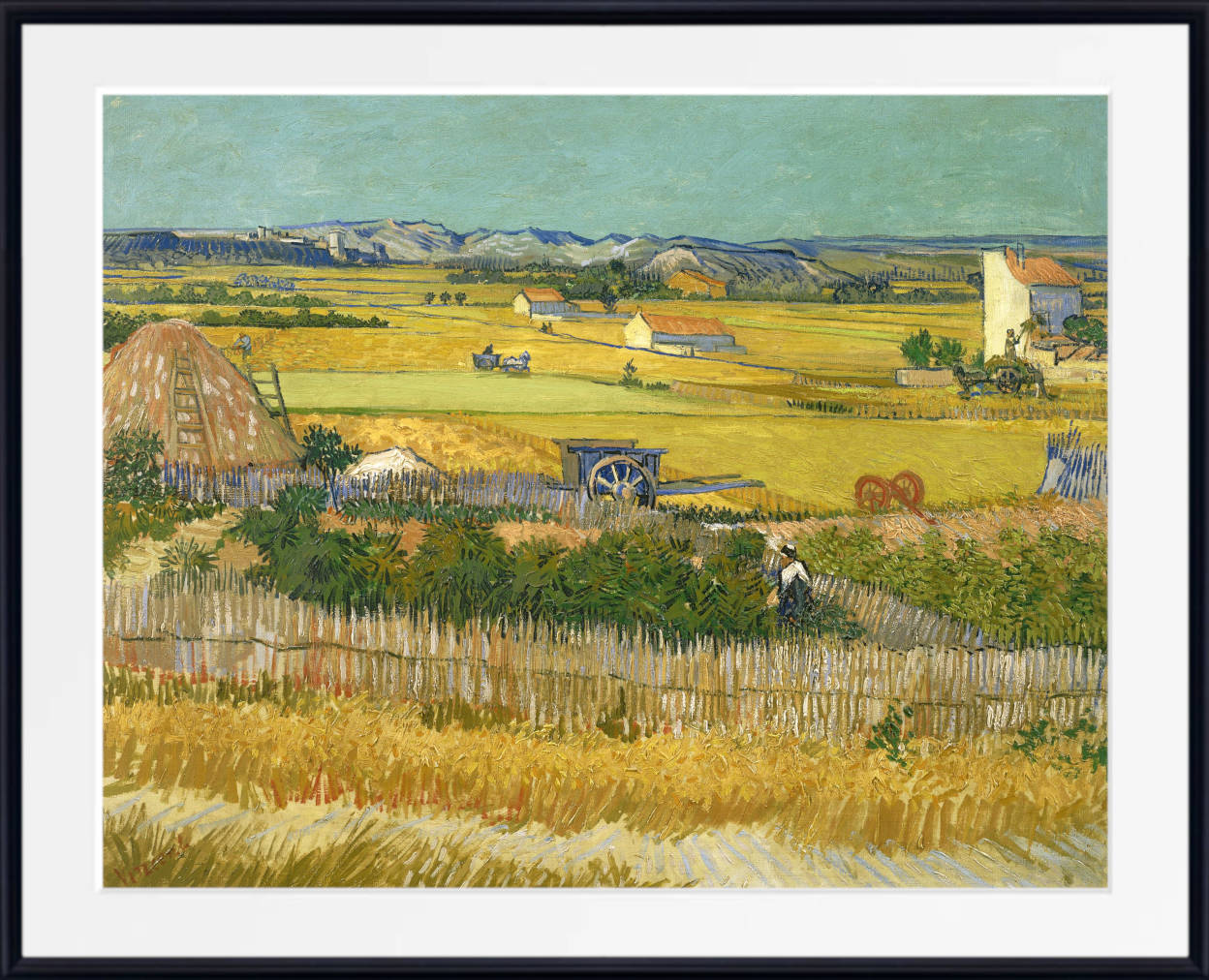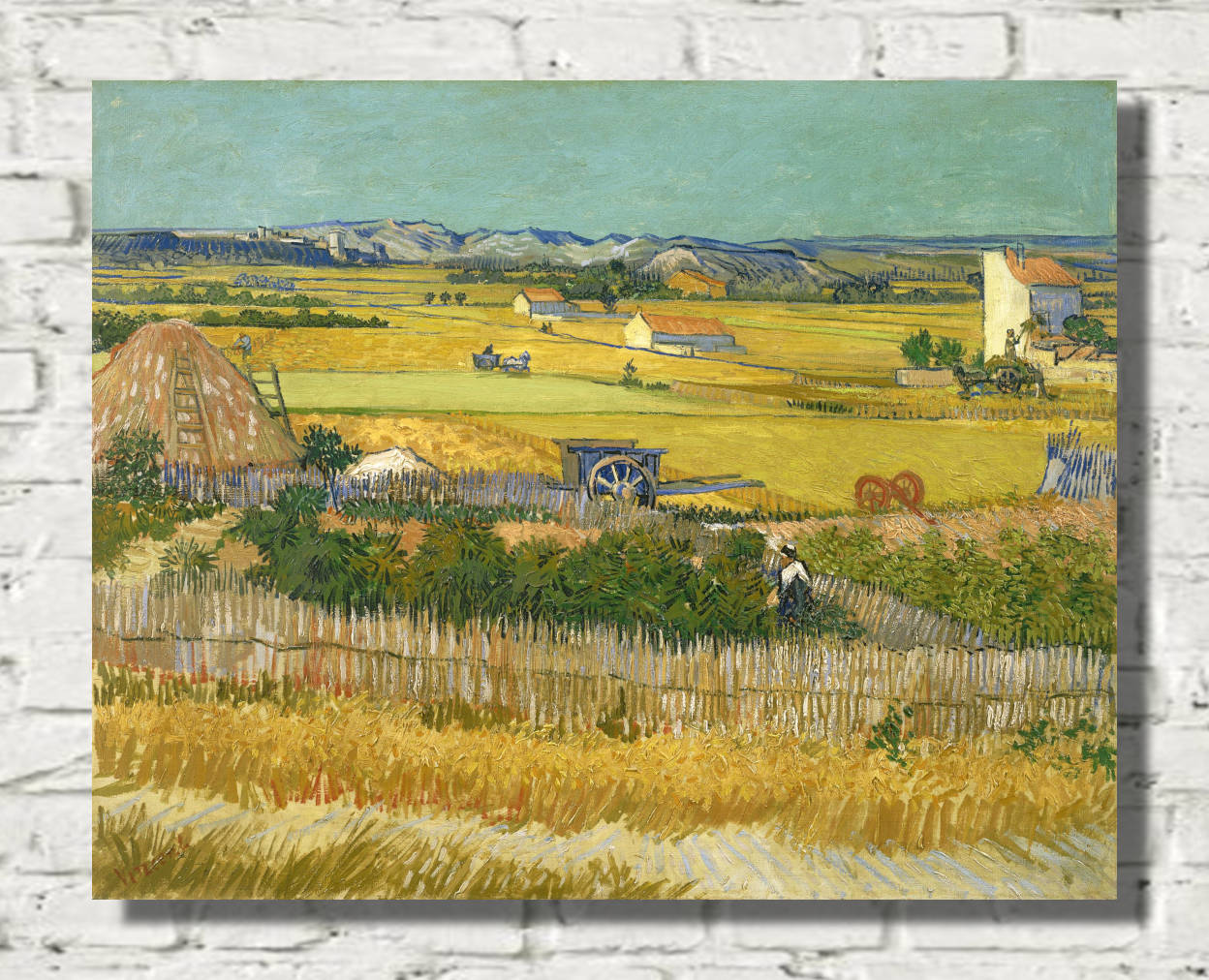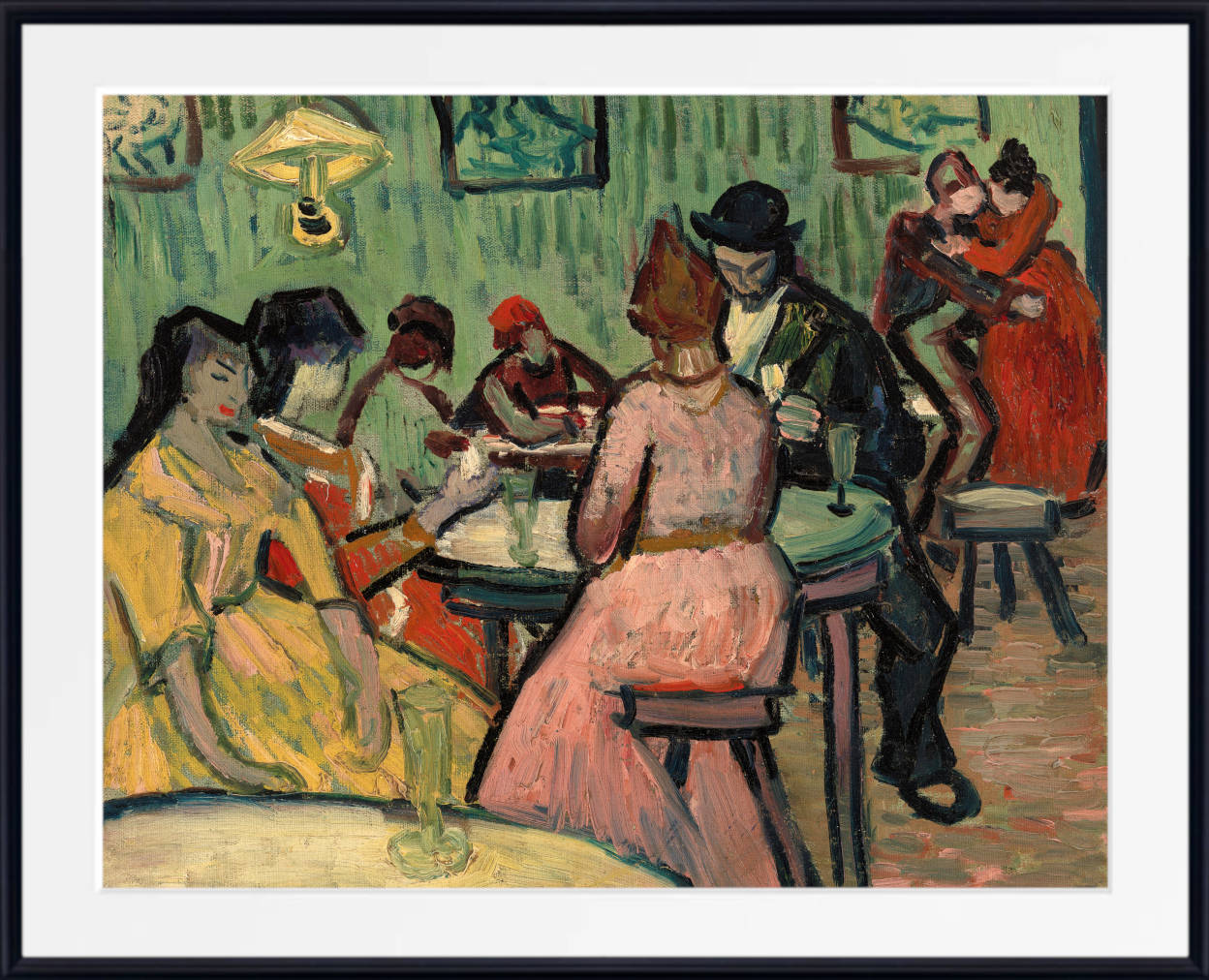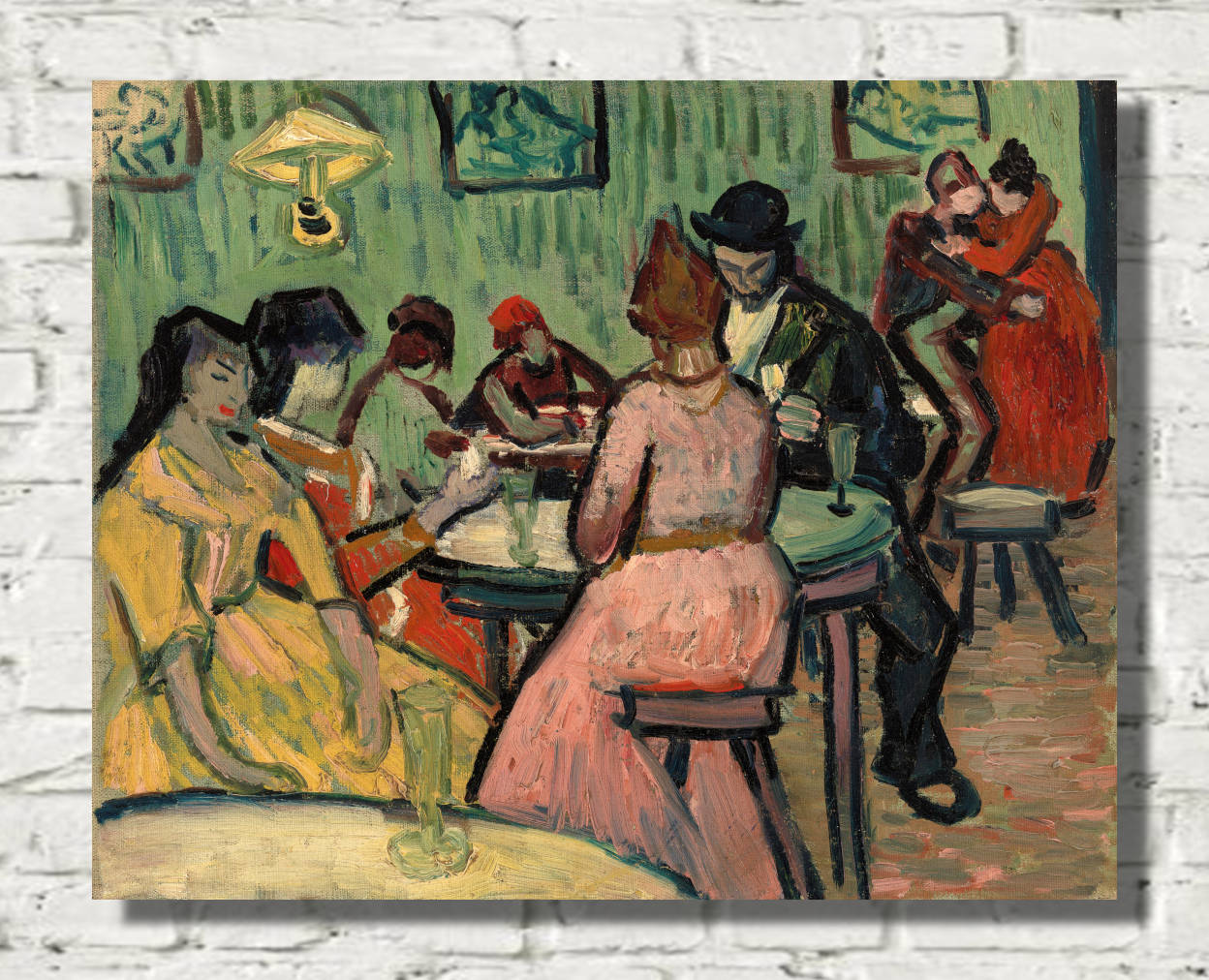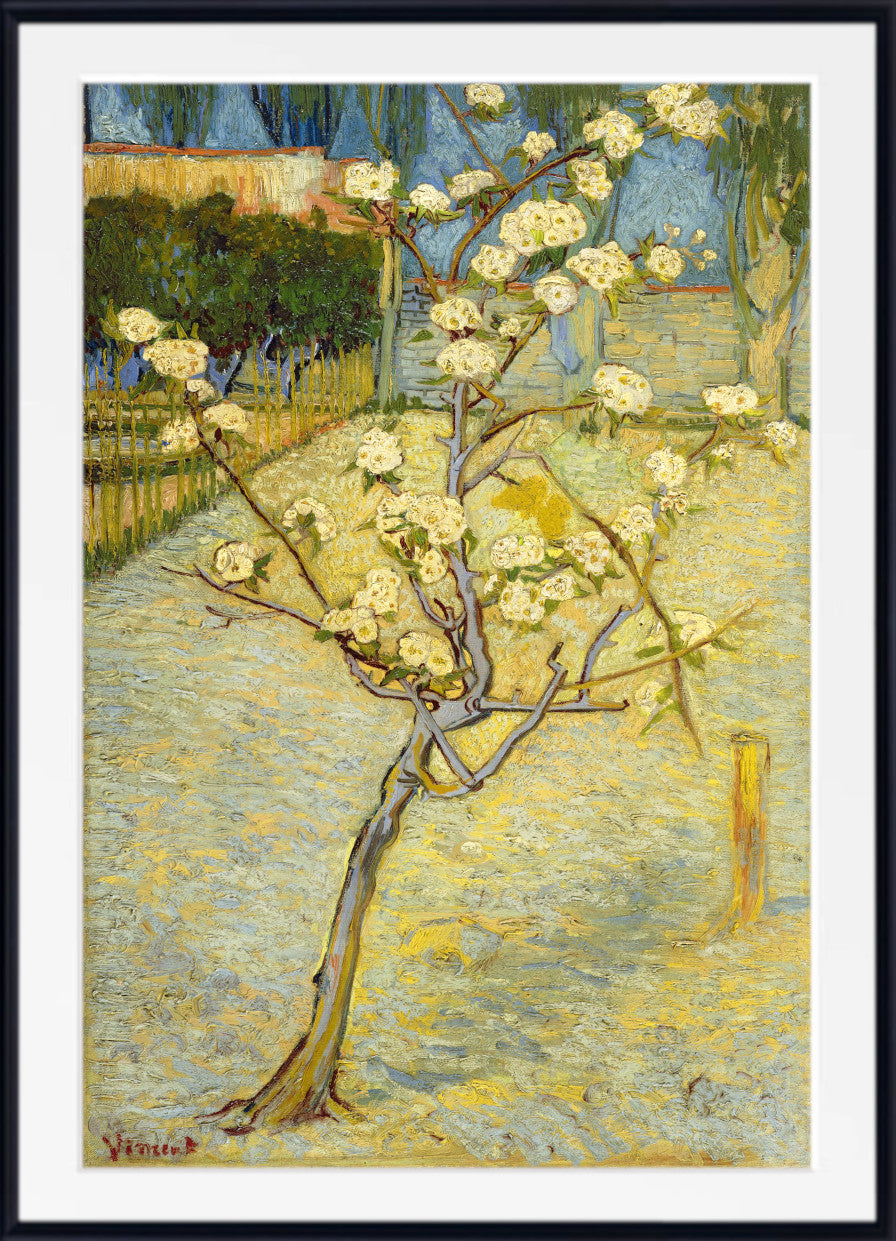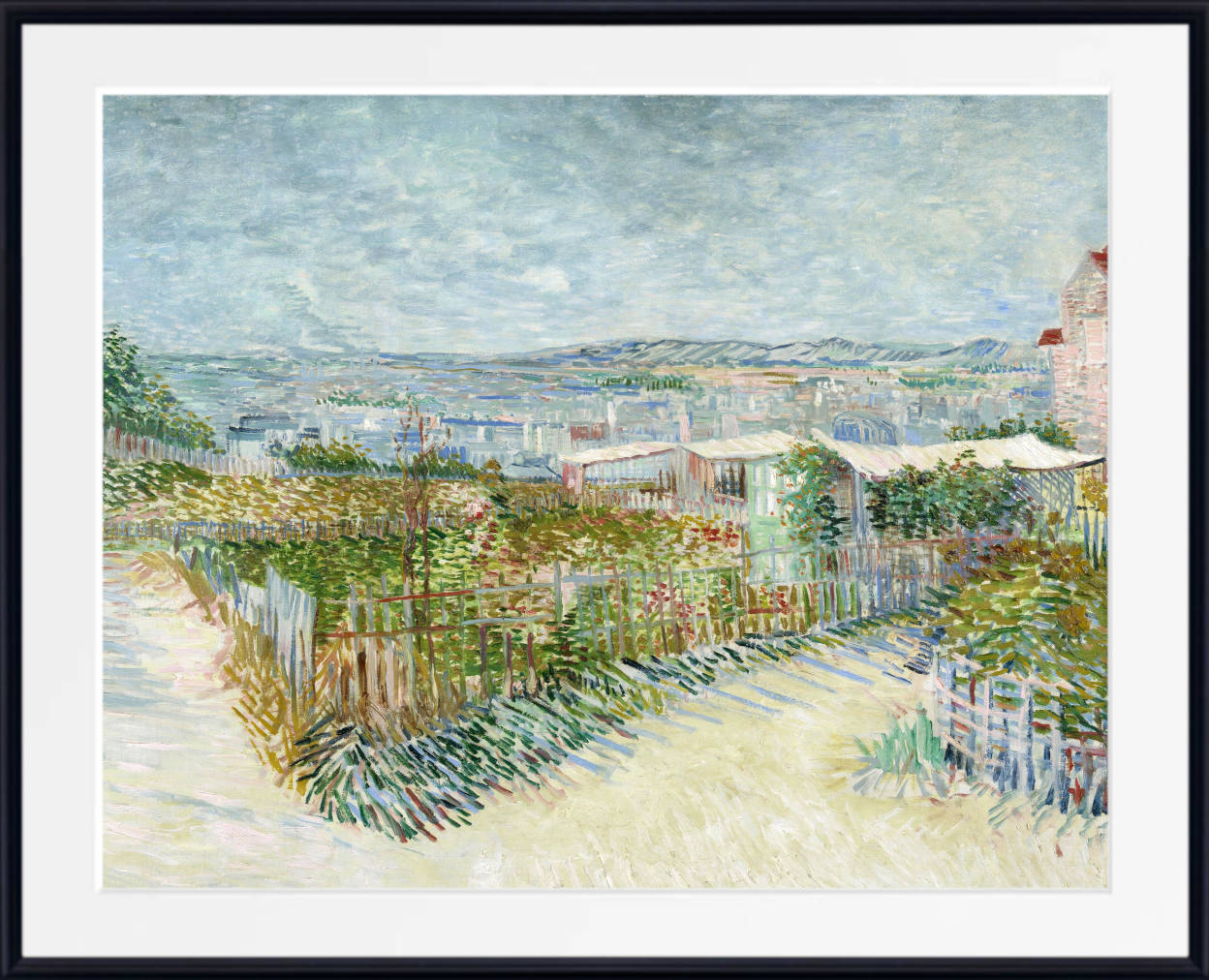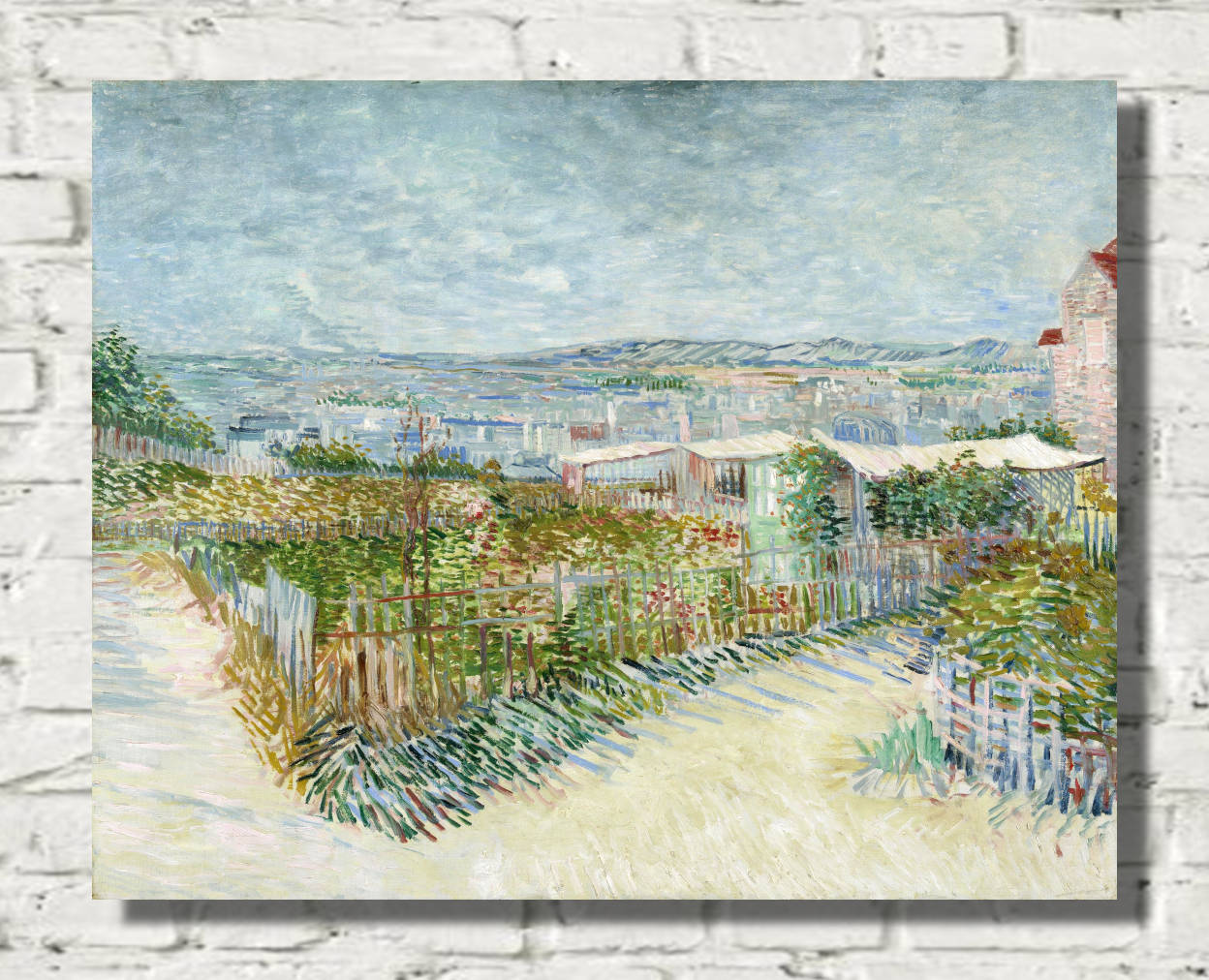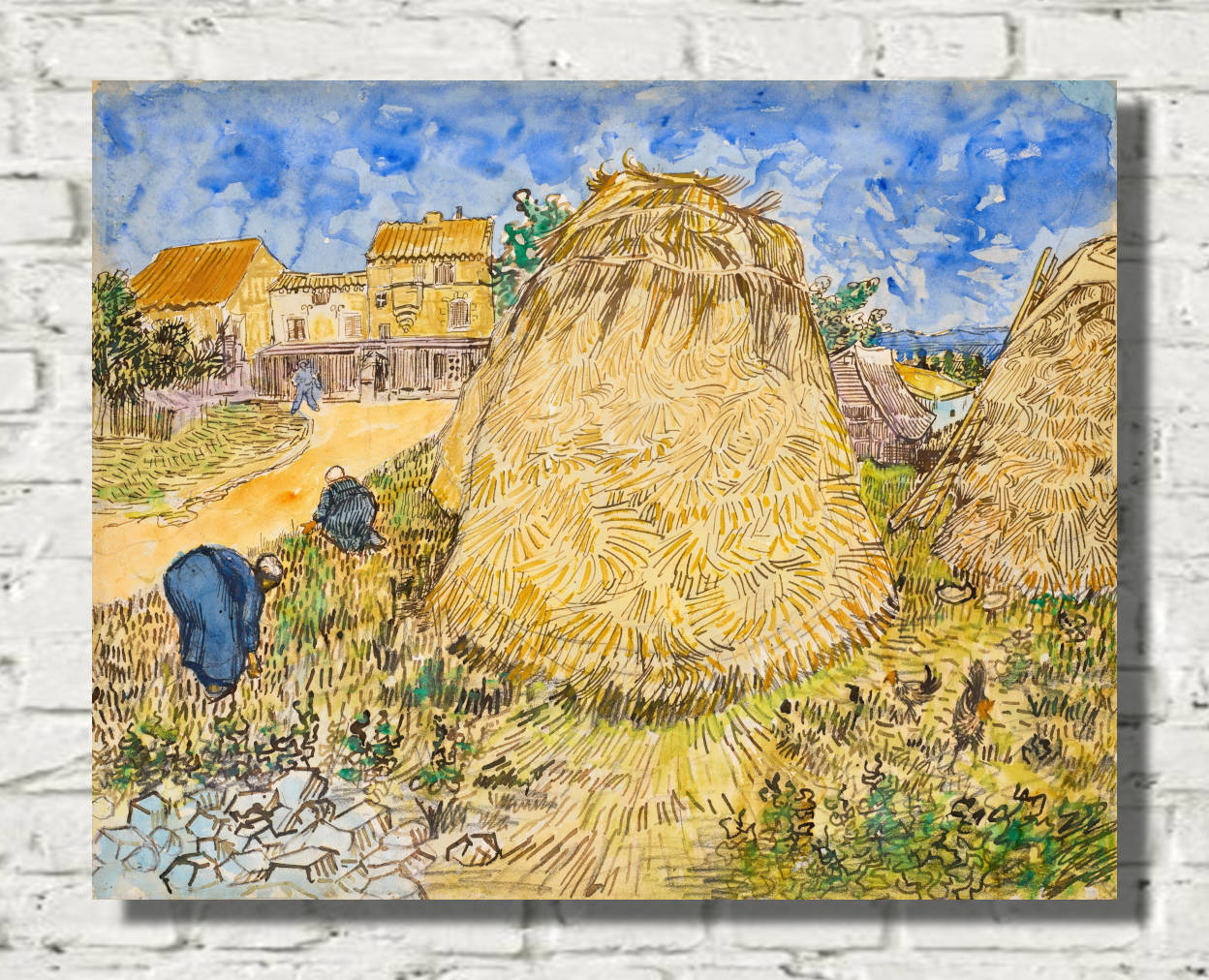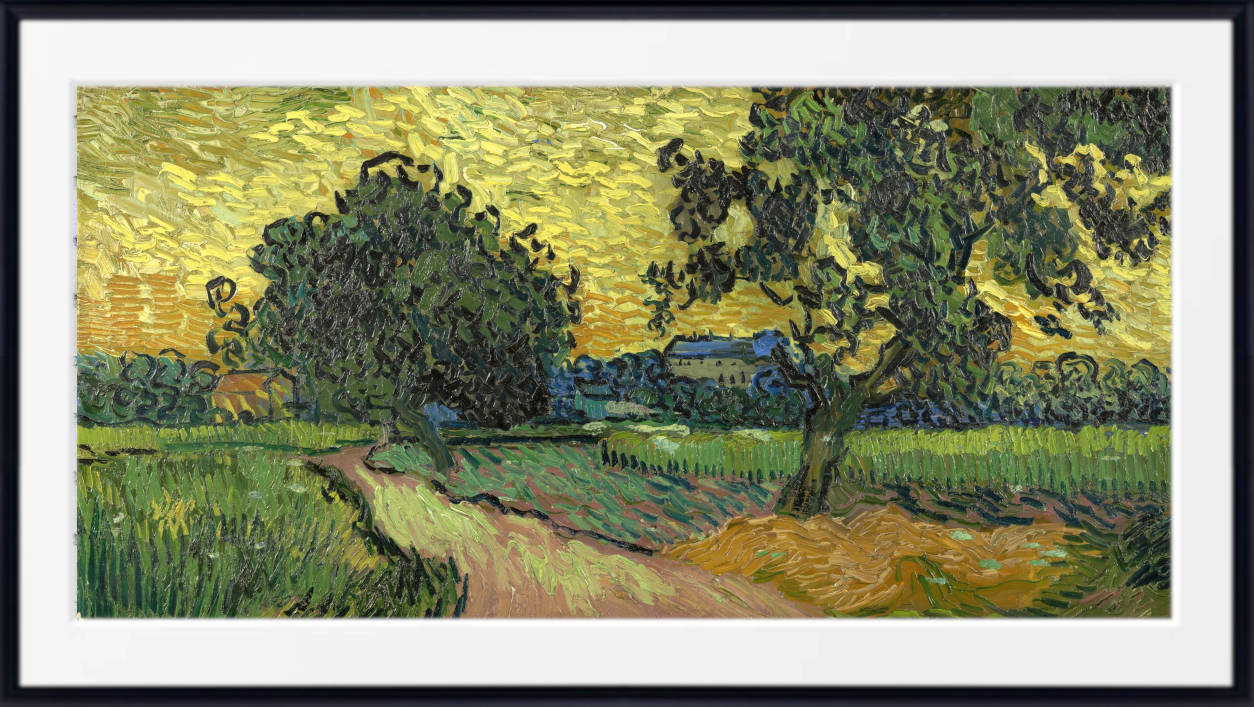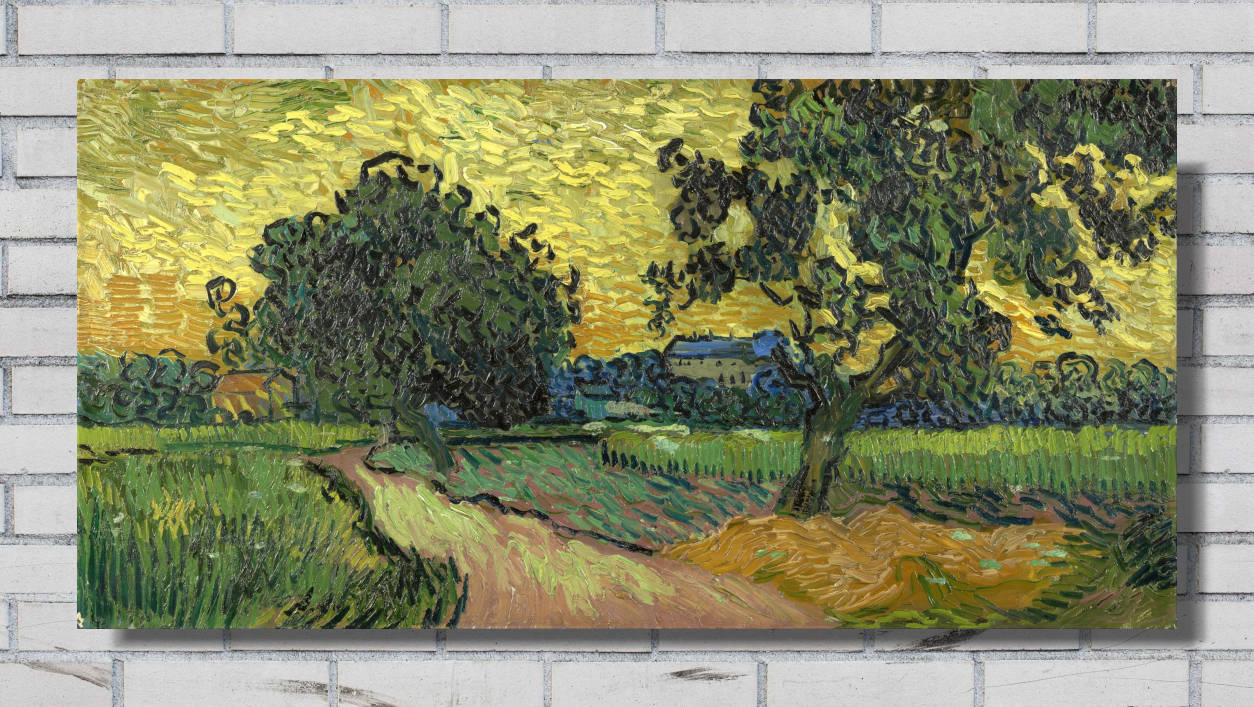Vincent Van Gogh - The Starry Night - Full Video
Vincent van Gogh’s The Starry Night is one of the most celebrated paintings in art history. Its swirling night sky, vibrant stars, and evocative brushstrokes have captivated viewers for over a century. Created in 1889 during Van Gogh’s stay at the Saint-Paul-de-Mausole asylum in Saint-Rémy-de-Provence, France, this masterpiece is a powerful representation of the artist’s emotional and psychological state. In this article, we will explore the historical context, artistic techniques, symbolism, and lasting impact of The Starry Night, while also diving into expert interpretations and the painting’s role in the broader scope of Post-Impressionism.
The Historical Context of The Starry Night
By the time Van Gogh painted The Starry Night, he had already struggled with mental illness for several years. Following a breakdown in December 1888—most famously marked by the episode in which he cut off part of his ear—Van Gogh voluntarily admitted himself to the Saint-Paul-de-Mausole asylum in May 1889. Despite the restrictive environment, the artist found solace in painting, and during his stay, he created some of his most famous works, including Irises, Wheatfield with Cypresses, and The Starry Night.
The inspiration for The Starry Night came from the view outside his room’s window, overlooking the rolling hills and village below. Although the painting is often thought to depict an exact representation of the night sky, Van Gogh took artistic liberties, altering the layout of the landscape and inserting a fictional village in the foreground. The painting reflects both his inner turmoil and his fascination with the power and beauty of nature.
Artistic Techniques and Composition
One of the defining features of The Starry Night is its dynamic and expressive brushwork. Van Gogh used short, thick strokes of paint, a technique known as impasto, to create a sense of movement and intensity. The swirling sky, with its large, circular stars and flowing clouds, gives the impression of an ever-changing cosmos.
The color palette also plays a significant role in evoking emotion. Van Gogh used deep blues and vibrant yellows to create contrast, while the dark silhouette of the cypress tree in the foreground adds an element of mystery. The painting’s balance of cool and warm tones reflects the tension between serenity and turmoil—an ongoing theme in Van Gogh’s work.
The Symbolism Behind The Starry Night
Art historians and scholars have long debated the symbolism of The Starry Night. While some view it as a representation of Van Gogh’s struggle with mental illness, others interpret it as a hopeful depiction of the cosmos. Several key elements contribute to the painting’s deeper meaning:
1. The Swirling Sky
The night sky in The Starry Night is one of the most striking aspects of the painting. Some scholars suggest that the swirling patterns and movement represent Van Gogh’s inner turmoil and emotional instability. Others believe that the sky reflects his fascination with astronomy and spirituality, as he often wrote about the beauty of the stars in his letters to his brother, Theo.
2. The Bright Stars and Moon
Van Gogh was deeply interested in the night sky, and some researchers have noted that the stars in The Starry Night resemble celestial bodies visible in June 1889. The bright, exaggerated stars might symbolize a sense of hope or a connection to the divine.
3. The Cypress Tree
The tall, dark cypress tree in the foreground acts as a bridge between the earth and the sky. In many cultures, cypress trees symbolize death and eternity, leading some scholars to speculate that Van Gogh was contemplating the afterlife or his own mortality while painting The Starry Night.
4. The Village
Unlike the real town of Saint-Rémy, the village in The Starry Night is an imagined addition. Some art historians believe it represents Van Gogh’s longing for connection and stability, as he often felt isolated due to his mental illness.
The Starry Night and Post-Impressionism
Van Gogh’s work falls under the category of Post-Impressionism, an art movement that emerged in the late 19th century as a reaction to Impressionism. While Impressionists like Claude Monet and Pierre-Auguste Renoir focused on capturing fleeting moments with soft, blended brushstrokes, Post-Impressionists like Van Gogh, Paul Gauguin, and Paul Cézanne sought to infuse their work with personal meaning and expressive techniques.
In The Starry Night, Van Gogh departs from the naturalistic depictions of Impressionism and instead emphasizes emotion and movement. His bold use of color, exaggerated forms, and thick brushstrokes exemplify the core principles of Post-Impressionism, making the painting a defining work of the movement.
Interpretations by Experts
Many art historians and critics have analyzed The Starry Night, offering various interpretations of its meaning:
-
Symbolic of Mental Struggles – Some scholars argue that the painting reflects Van Gogh’s inner turmoil and psychological distress. The chaotic sky and exaggerated brushstrokes may symbolize his state of mind during his time in the asylum.
-
A Spiritual Representation – Others believe that Van Gogh was seeking a deeper connection with the universe. He frequently wrote about religion and spirituality, and The Starry Night may represent his belief in the afterlife or a divine presence.
-
Scientific Inspiration – Some researchers have pointed out that the swirling patterns in The Starry Night bear a striking resemblance to mathematical representations of turbulence in fluid dynamics. This connection suggests that Van Gogh may have had an intuitive understanding of natural forces.
The Legacy of The Starry Night
Today, The Starry Night is housed in the Museum of Modern Art (MoMA) in New York City, where it remains one of the most beloved and recognized paintings in the world. Its influence extends beyond the art world, inspiring literature, music, and even modern digital art.
Van Gogh’s masterpiece has also been referenced in pop culture, from Don McLean’s song Vincent to numerous film and television adaptations. Its universal themes of beauty, turmoil, and hope resonate with audiences across generations.
Conclusion
Vincent van Gogh’s The Starry Night is more than just a painting—it is a deeply personal and expressive work that continues to captivate and inspire. Through its dynamic brushstrokes, vivid colors, and emotional intensity, the painting serves as a window into the mind of one of history’s greatest artists. Whether interpreted as a reflection of Van Gogh’s struggles, a celebration of the cosmos, or an artistic breakthrough in Post-Impressionism, The Starry Night remains an enduring symbol of creativity and human emotion.
As we continue to study and admire this masterpiece, we gain a deeper appreciation for Van Gogh’s genius and the profound impact of his work. The Starry Night is not only a testament to his artistic vision but also a reminder of the power of art to transcend time, emotion, and interpretation.
Prints and Canvas Panels
Get a museum quality print or canvas panel, framed or unframed in a wide range of sizes.
Related Articles
Vincent van Gogh - A Turbulent Life
Post-Impressionism
Vincent van Gogh Flower Paintings
Vincent van Gogh - Wheatfields
Vincent van Gogh - Olive Trees
References
-
Gogh, Vincent van. The Starry Night. 1889, Museum of Modern Art, New York.
-
Hulsker, Jan. The Complete Van Gogh: Paintings, Drawings, Sketches. Phaidon Press, 1996.
-
Naifeh, Steven, and Gregory White Smith. Van Gogh: The Life. Random House, 2011.
-
Gayford, Martin. The Yellow House: Van Gogh, Gauguin, and Nine Turbulent Weeks in Arles. Farrar, Straus and Giroux, 2006.
-
Pickvance, Ronald. Van Gogh in Saint-Rémy and Auvers. Metropolitan Museum of Art, 1986.
-
Walther, Ingo F., and Rainer Metzger. Van Gogh: The Complete Paintings. Taschen, 2010.
-
Silverman, Debora. Van Gogh and Gauguin: The Search for Sacred Art. Farrar, Straus and Giroux, 2000.
-
Museum of Modern Art. Vincent van Gogh: The Starry Night. The Museum of Modern Art, www.moma.org/collection/works/79802. Accessed [Insert Date].
-
Dorn, Roland. “Van Gogh and the Stars: Scientific and Artistic Perspectives.” Art Bulletin, vol. 72, no. 4, 1990, pp. 575-593.
-
Lee, Susan. “Van Gogh’s Letters and the Symbolism in The Starry Night.” Journal of Art History, vol. 34, no. 2, 2018, pp. 120-135.












